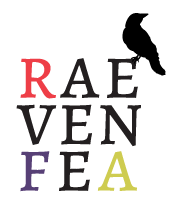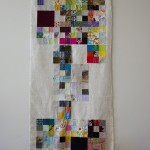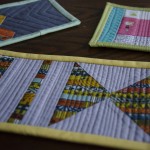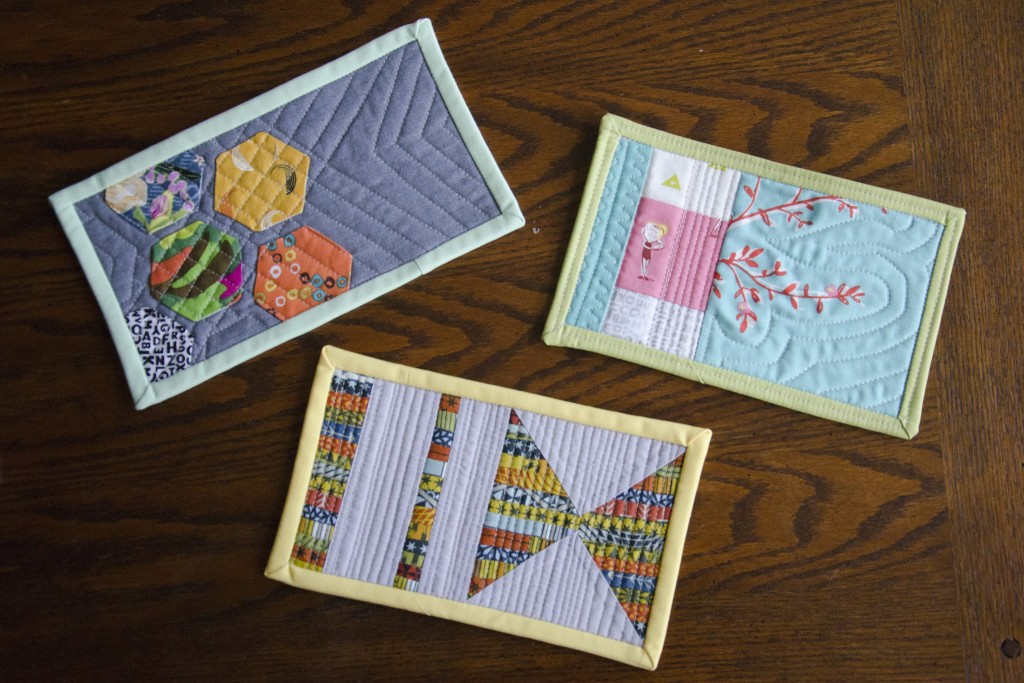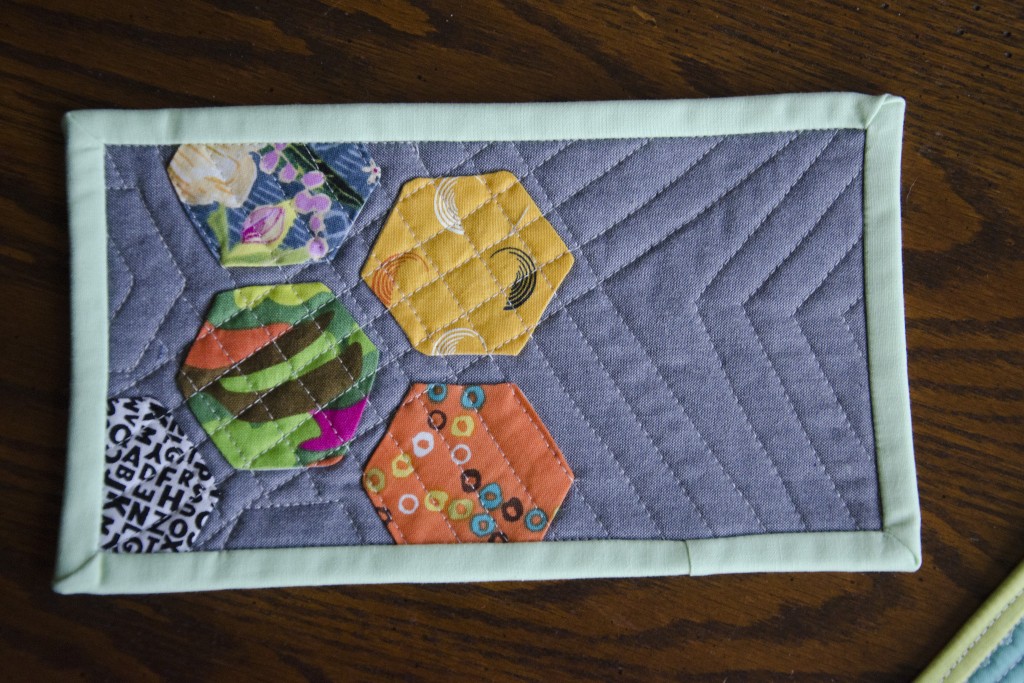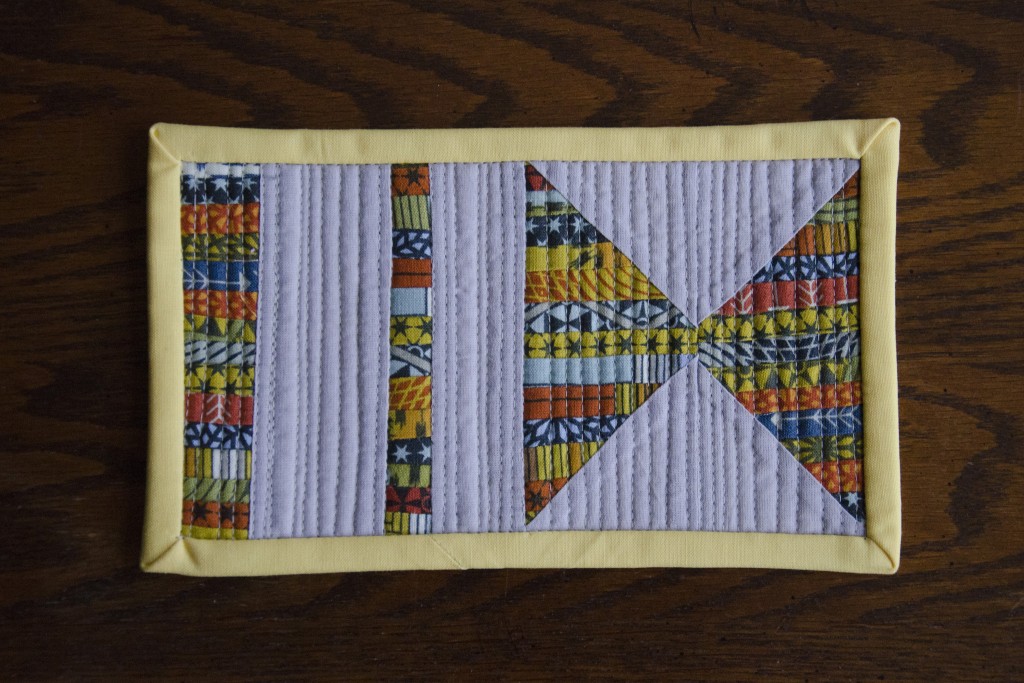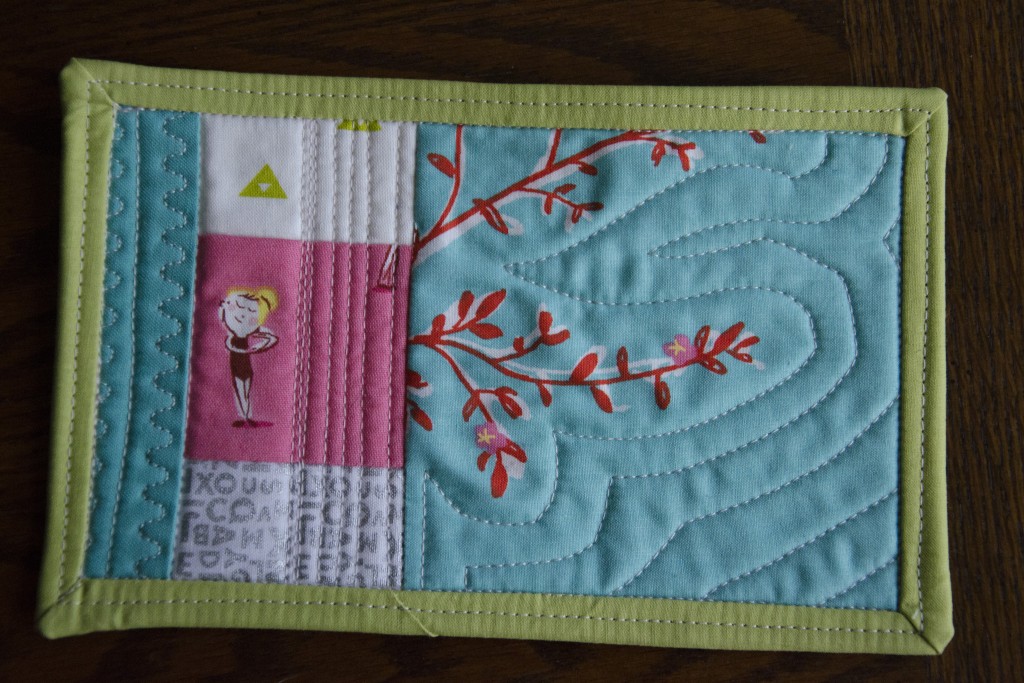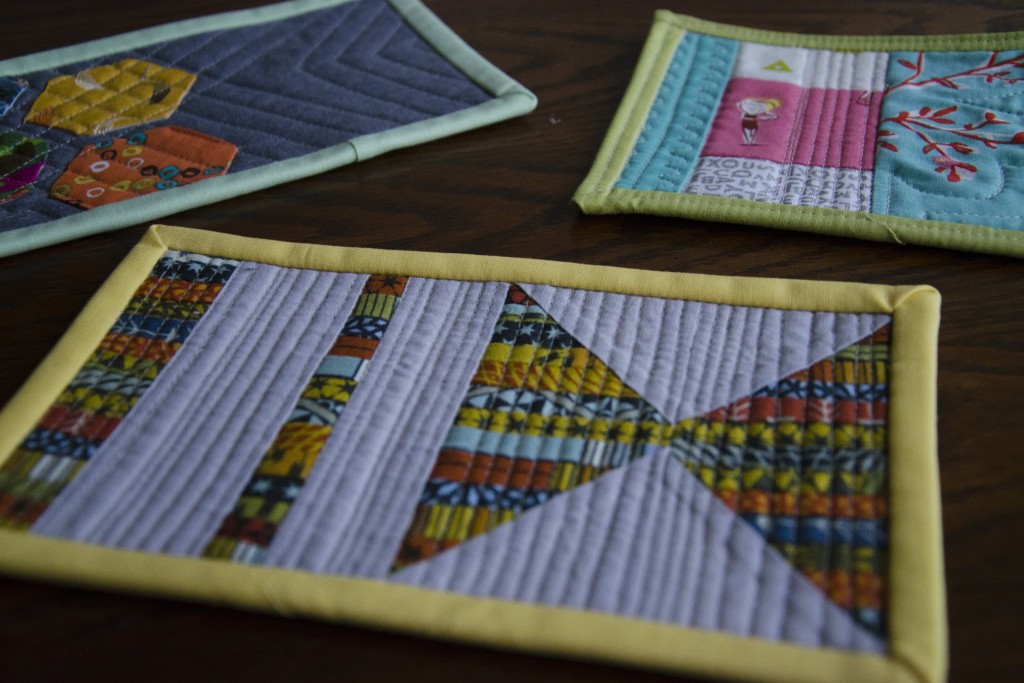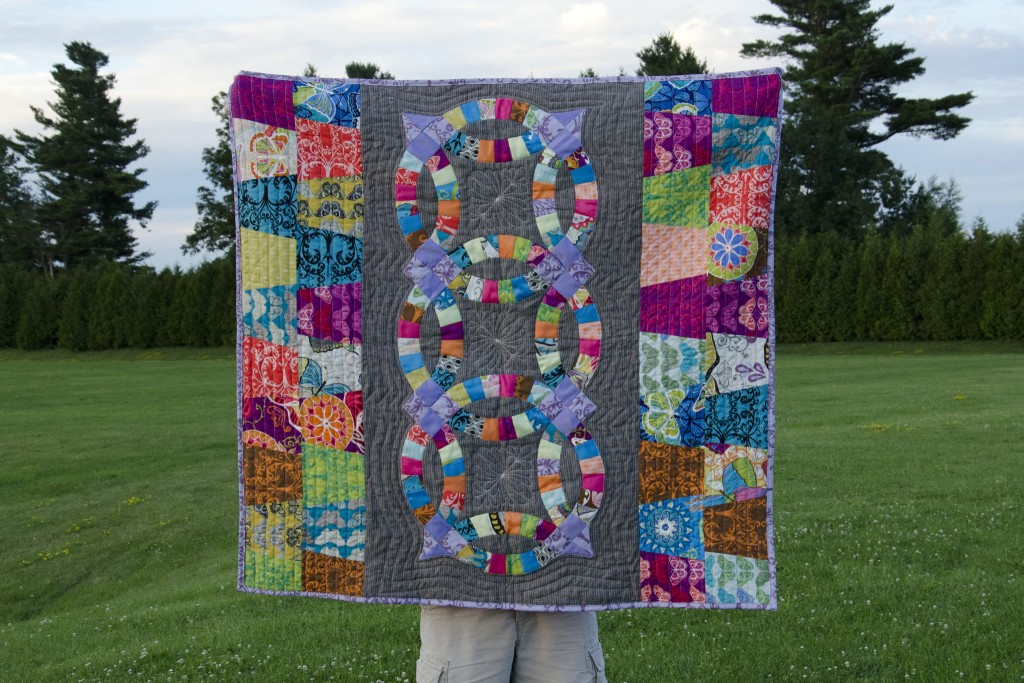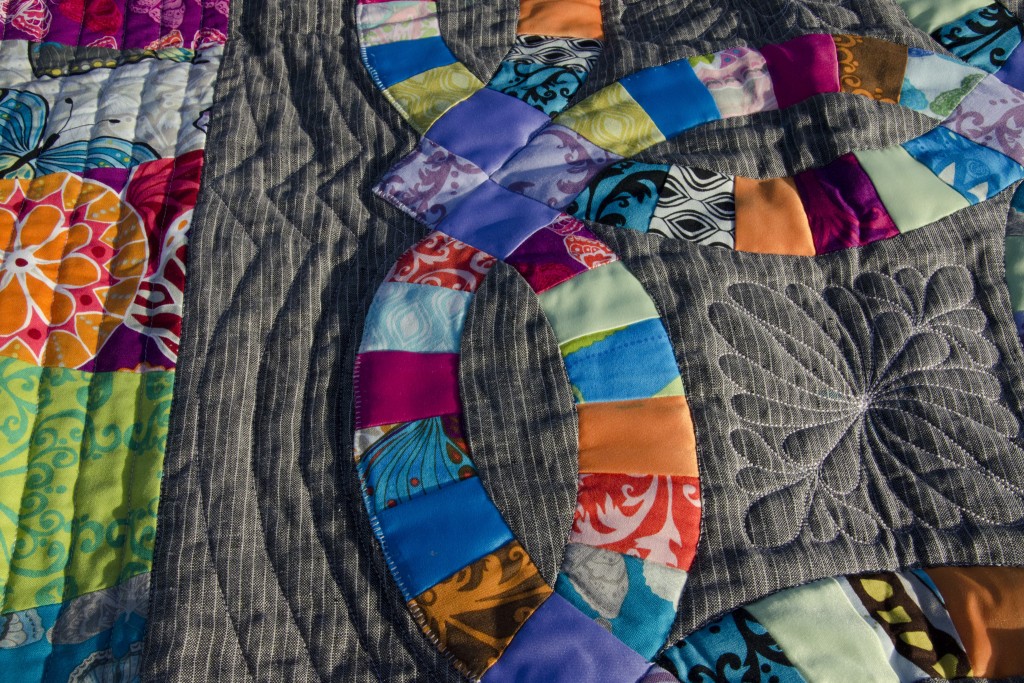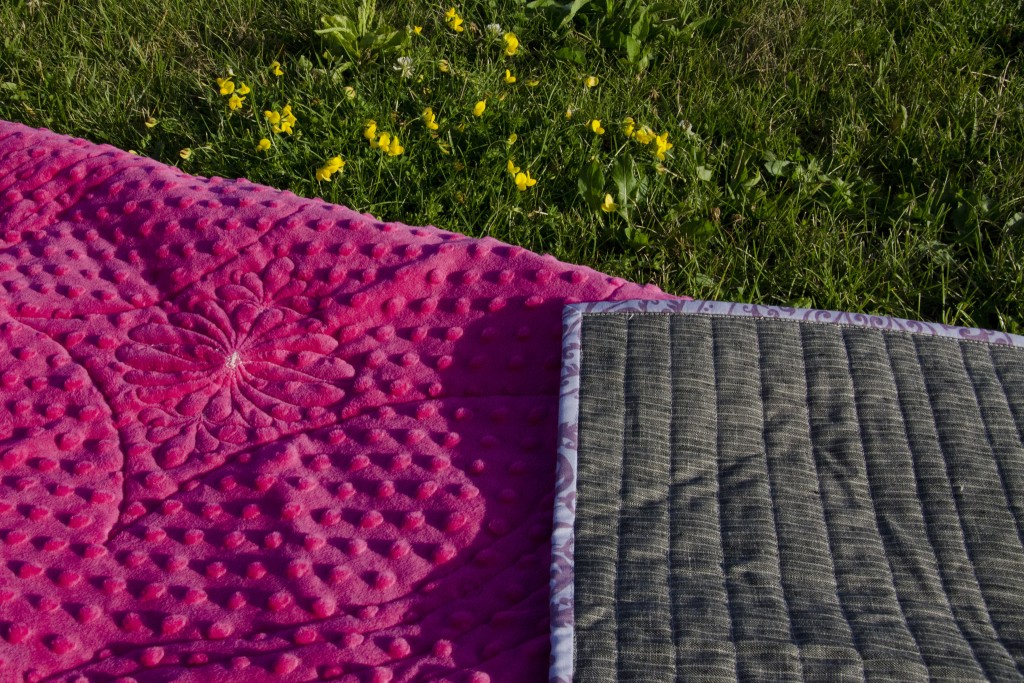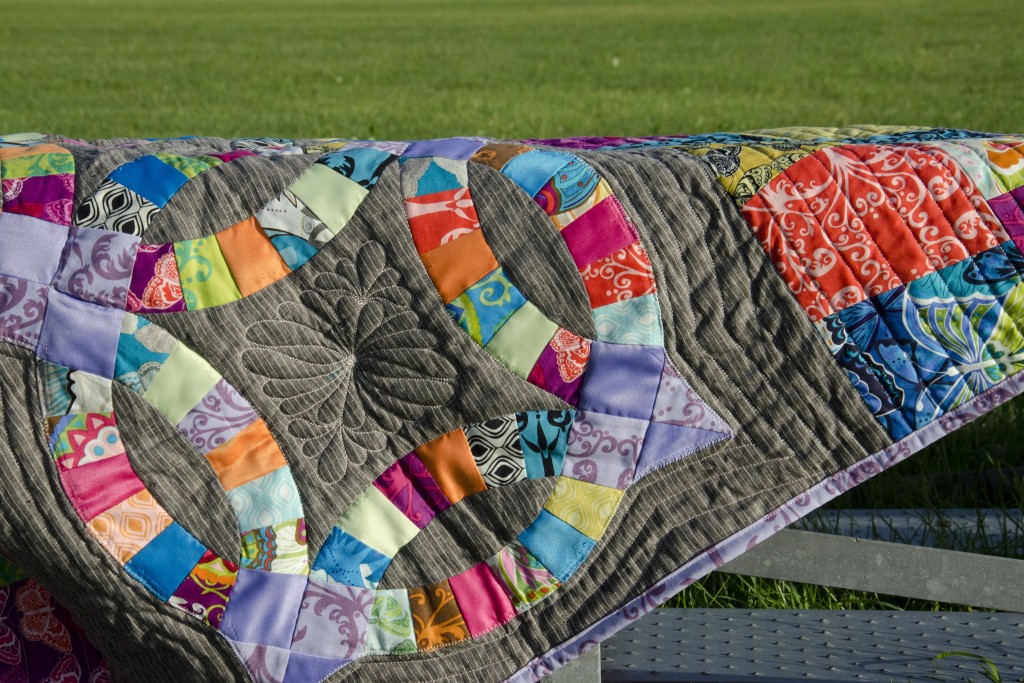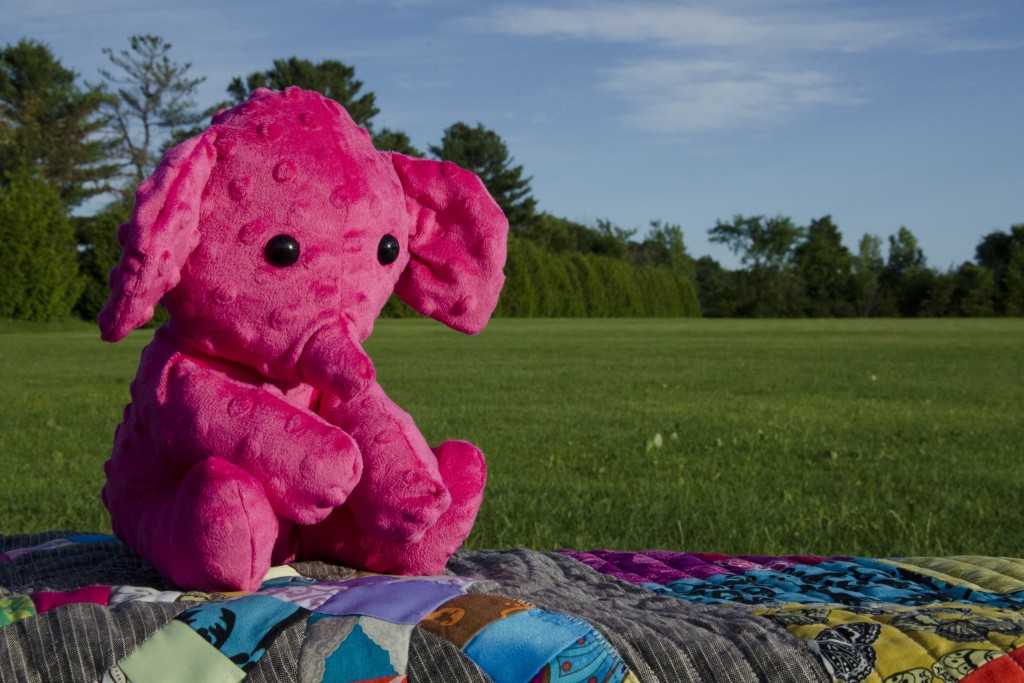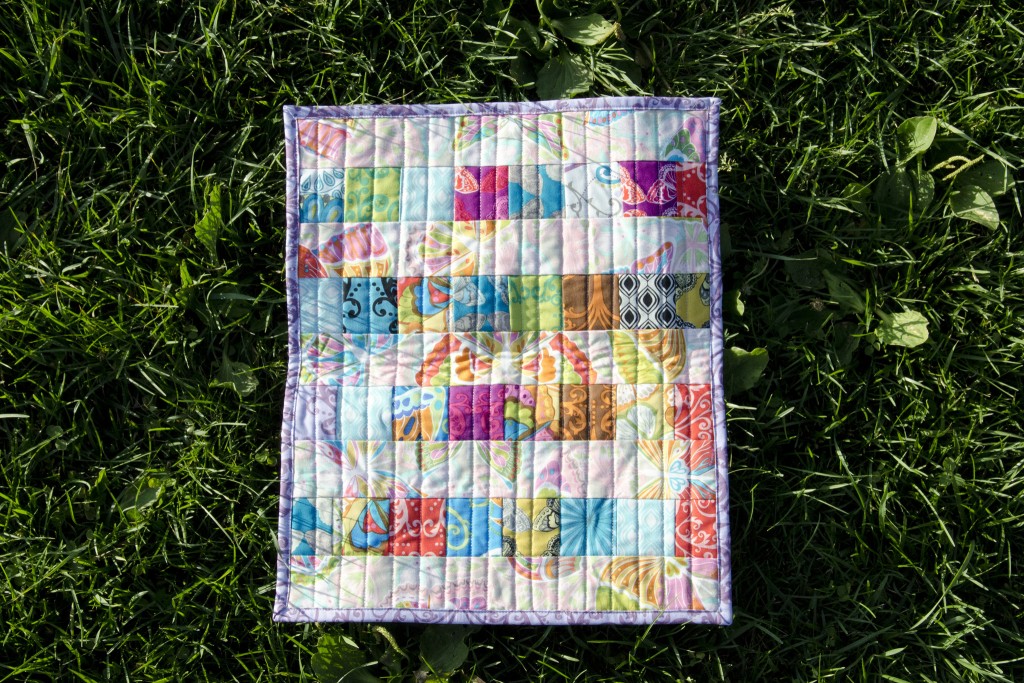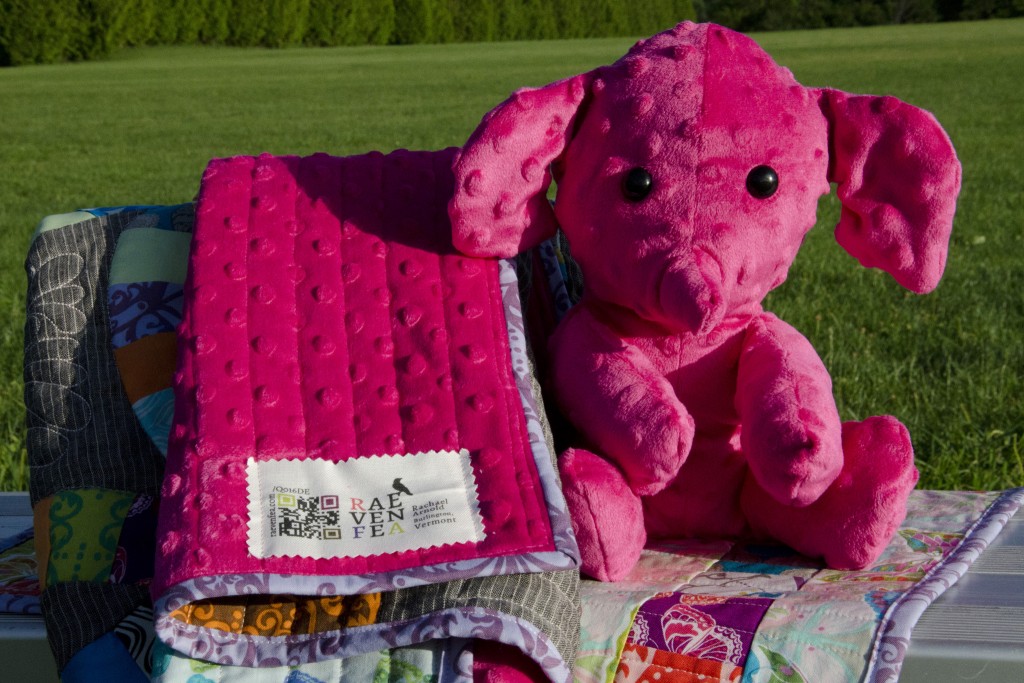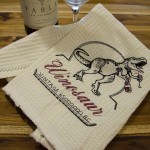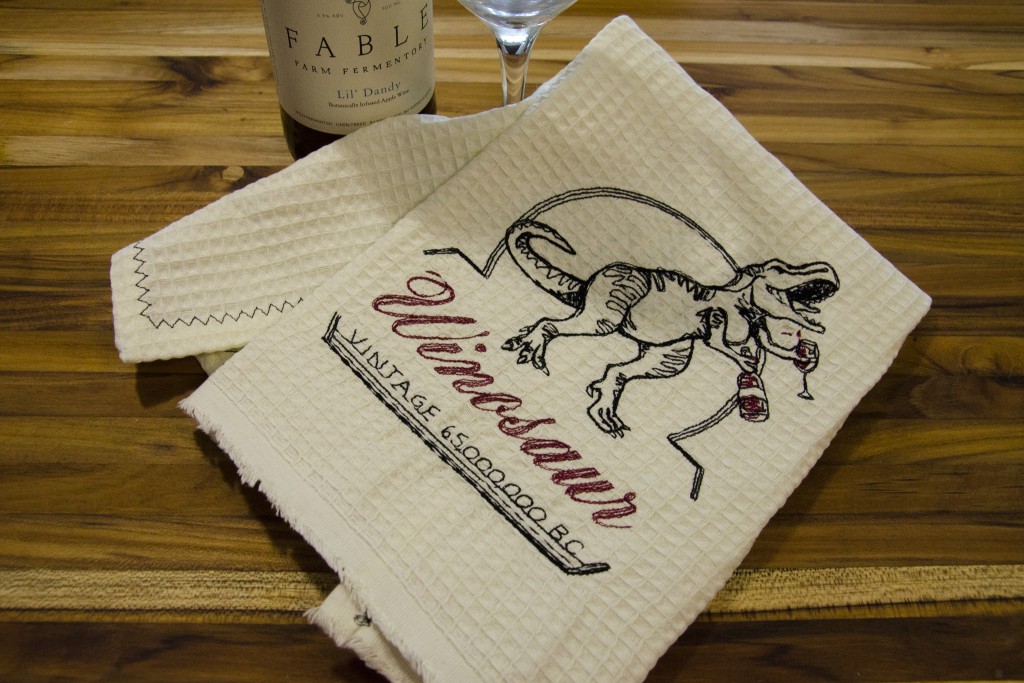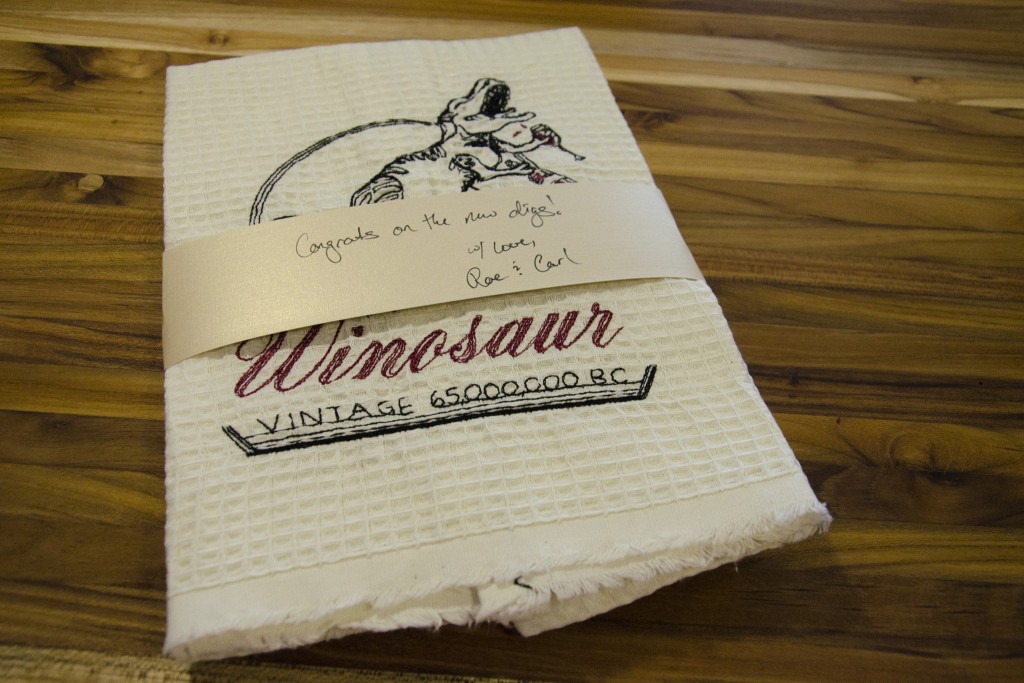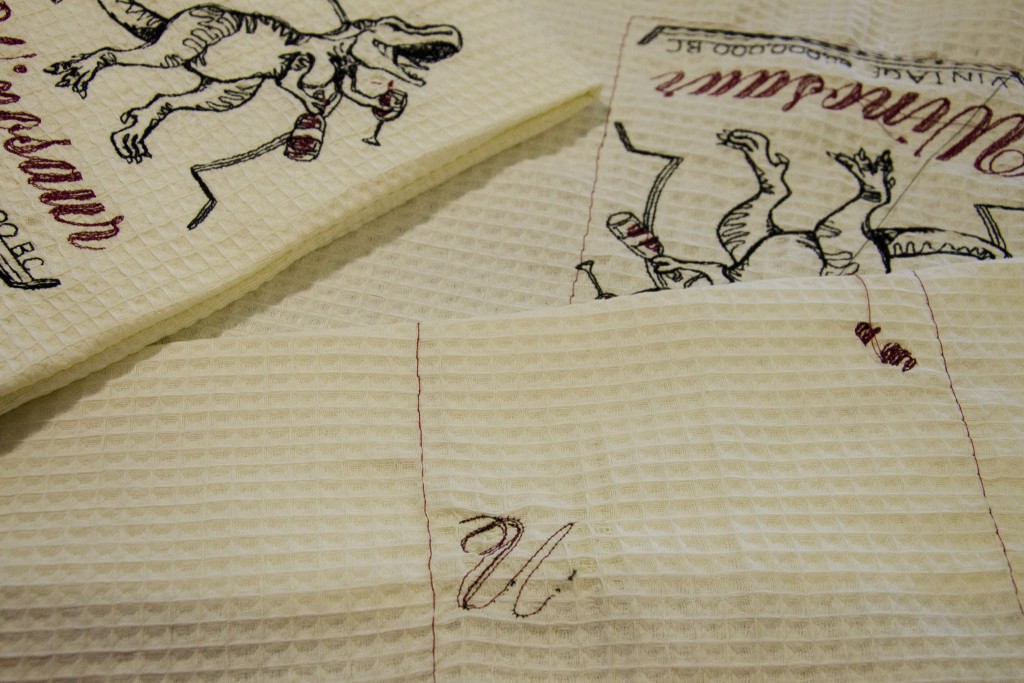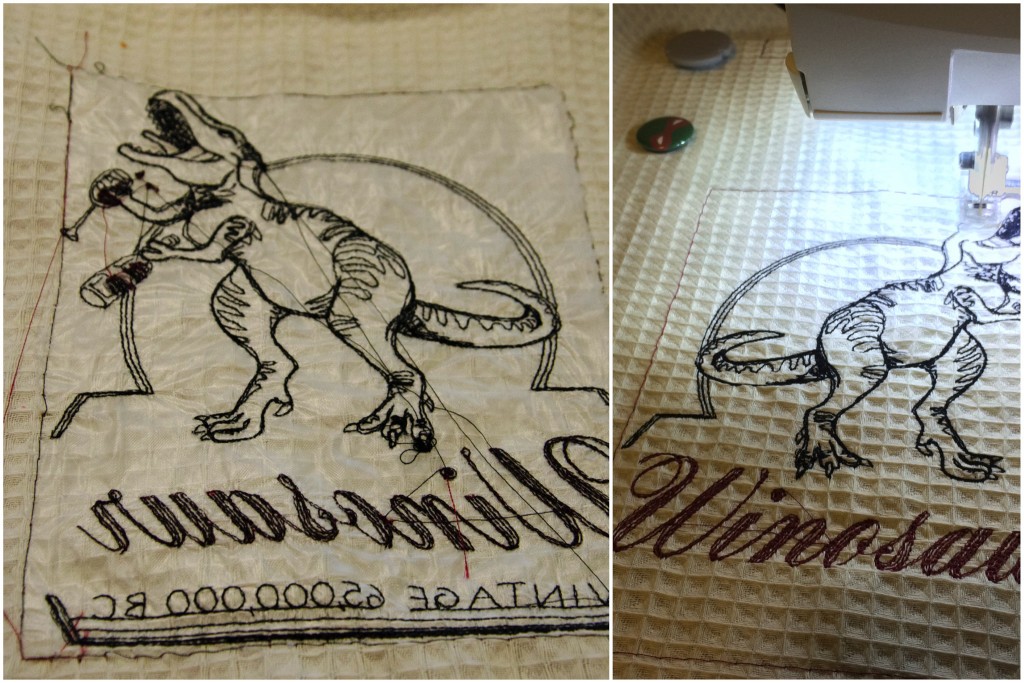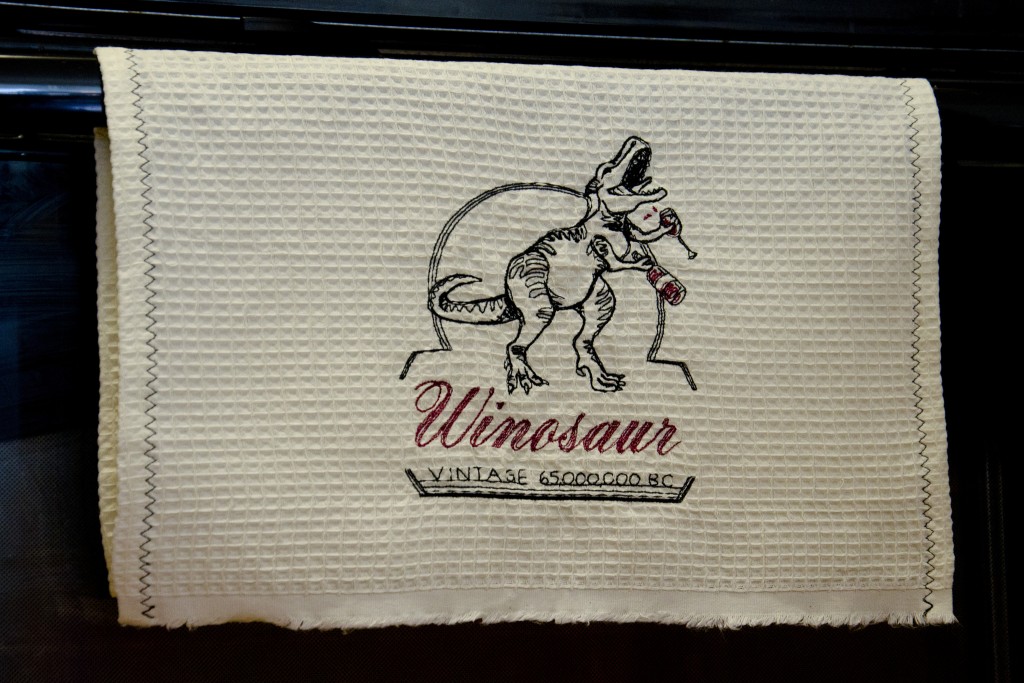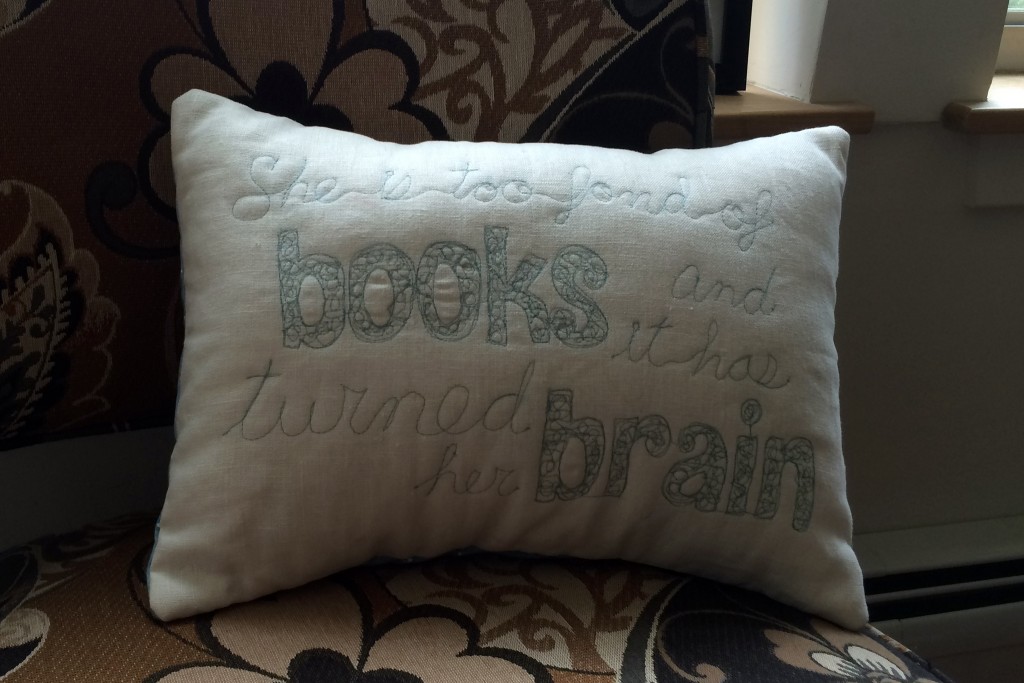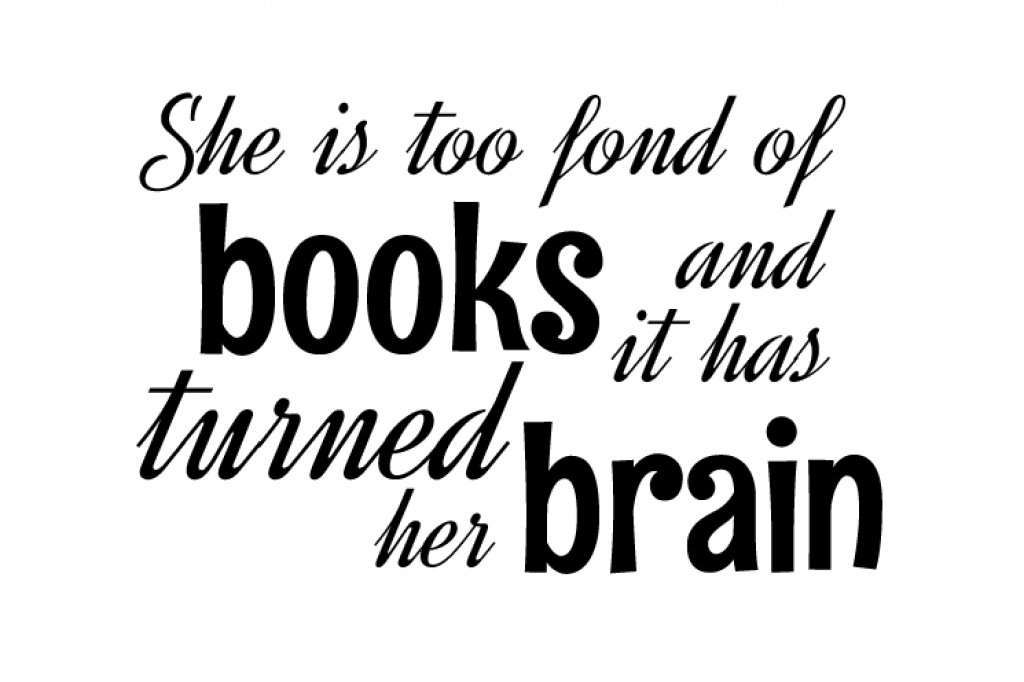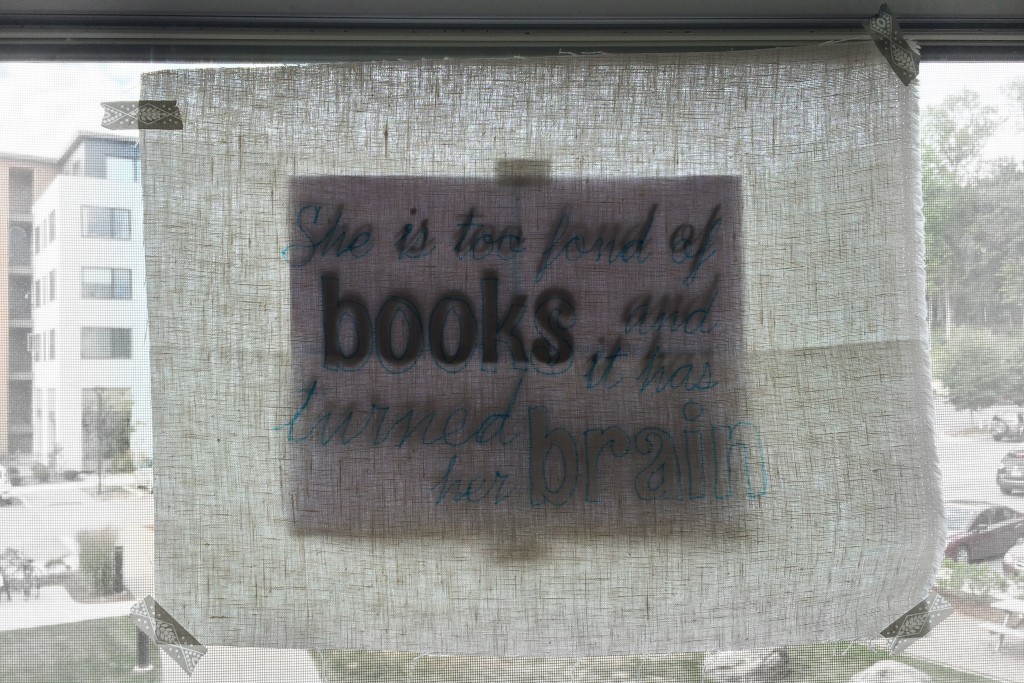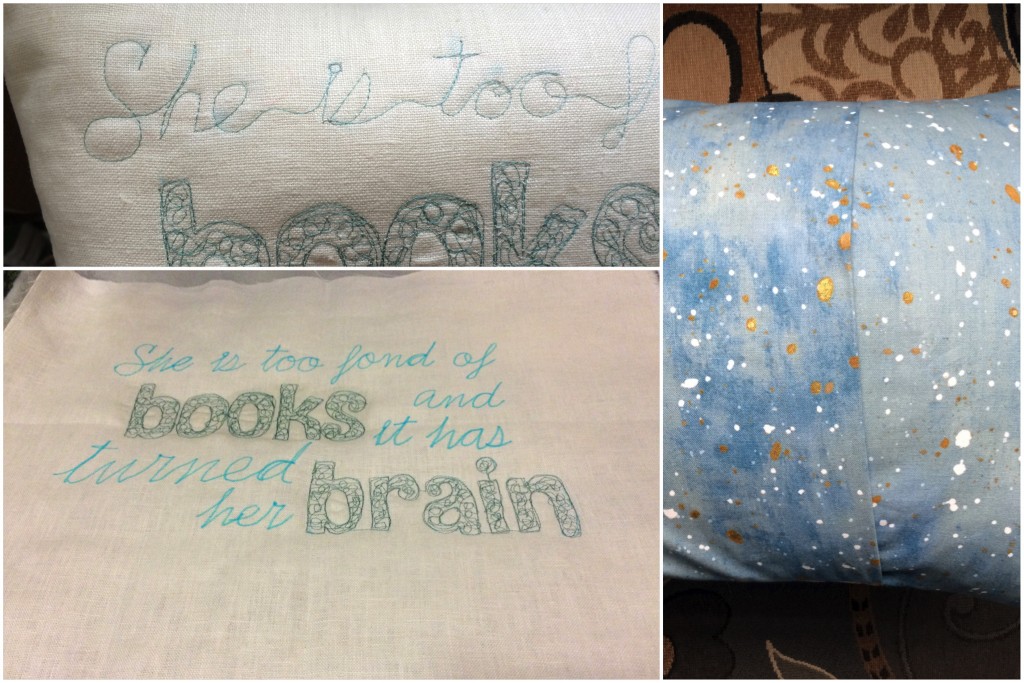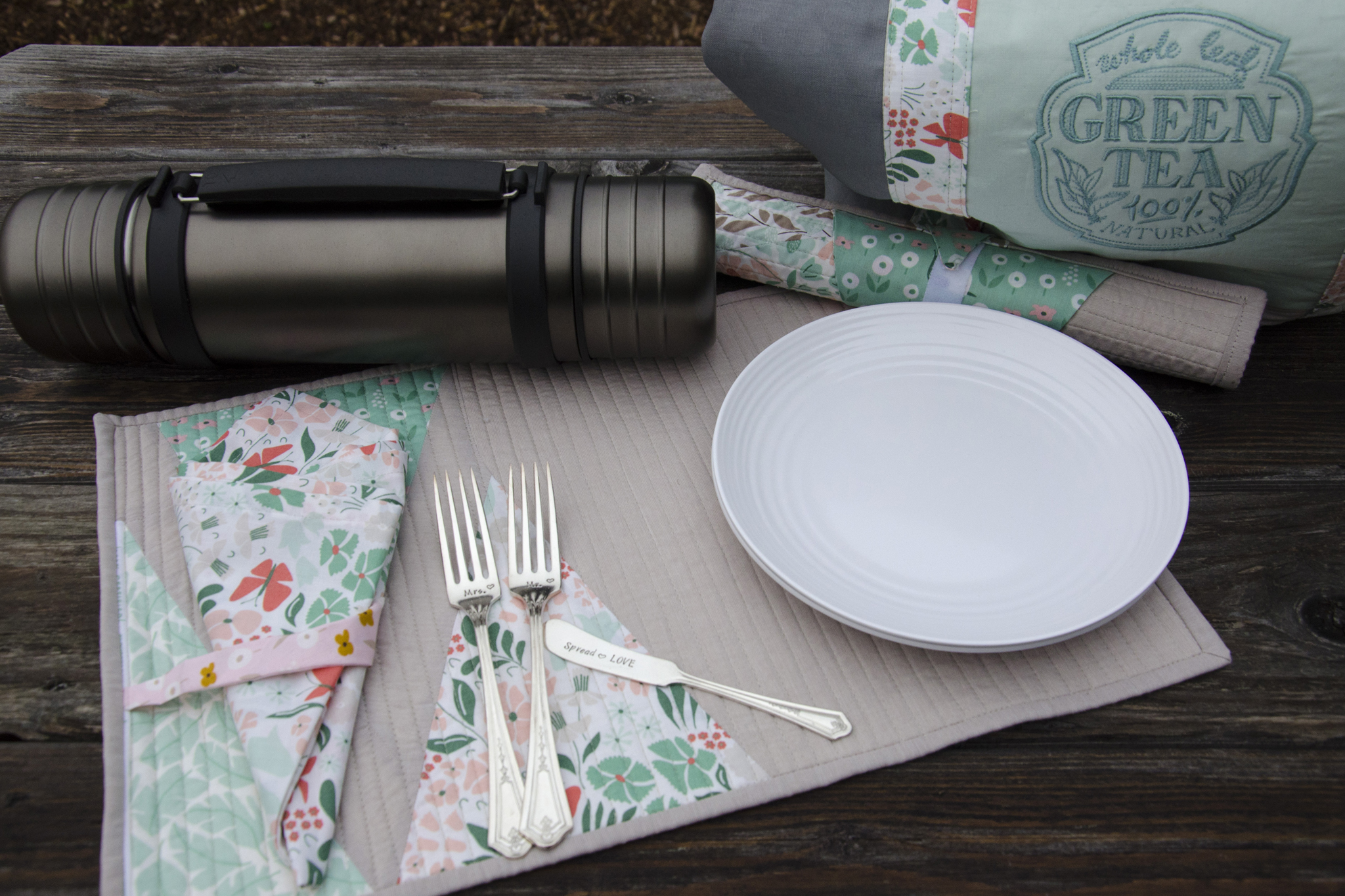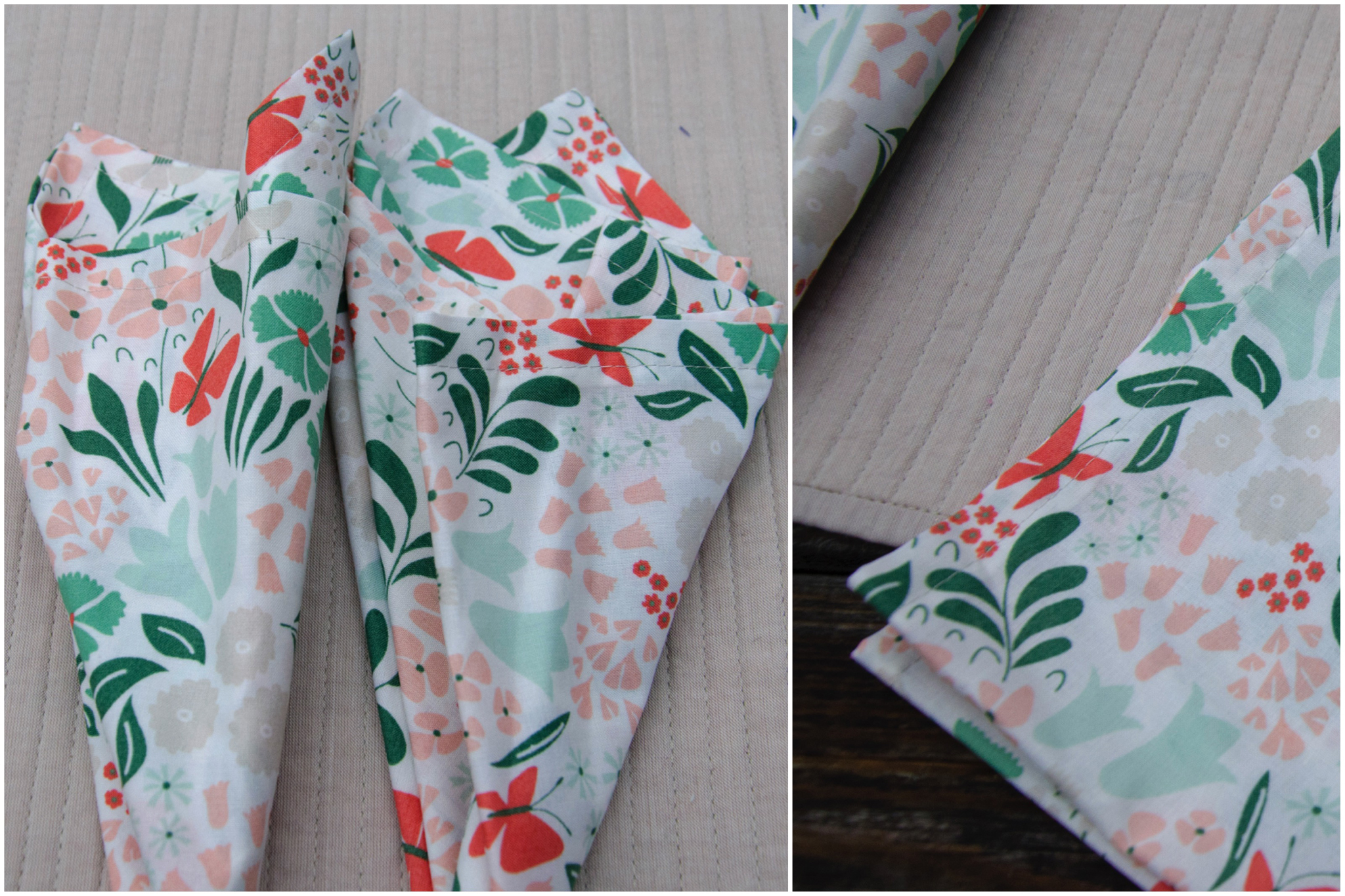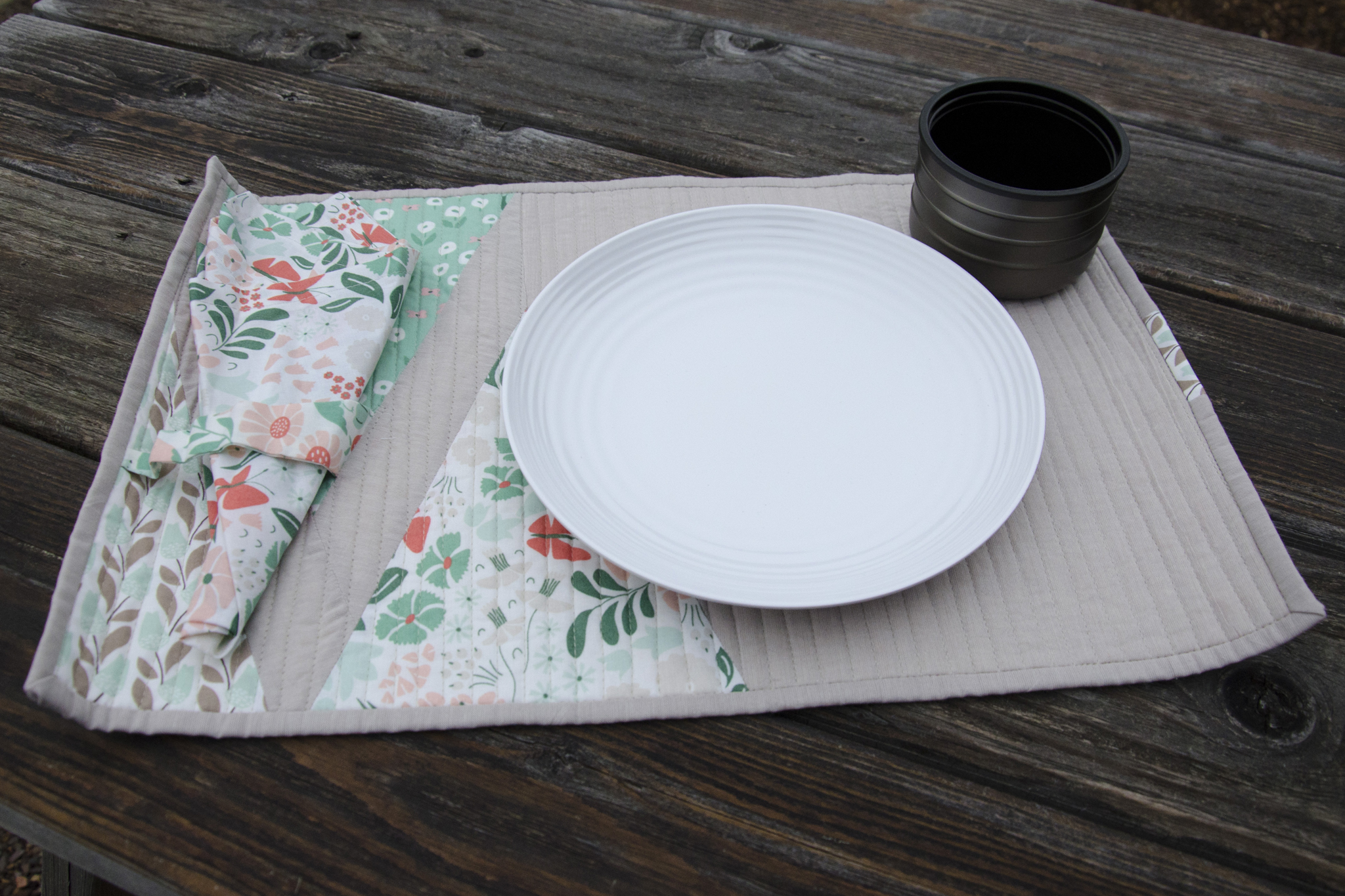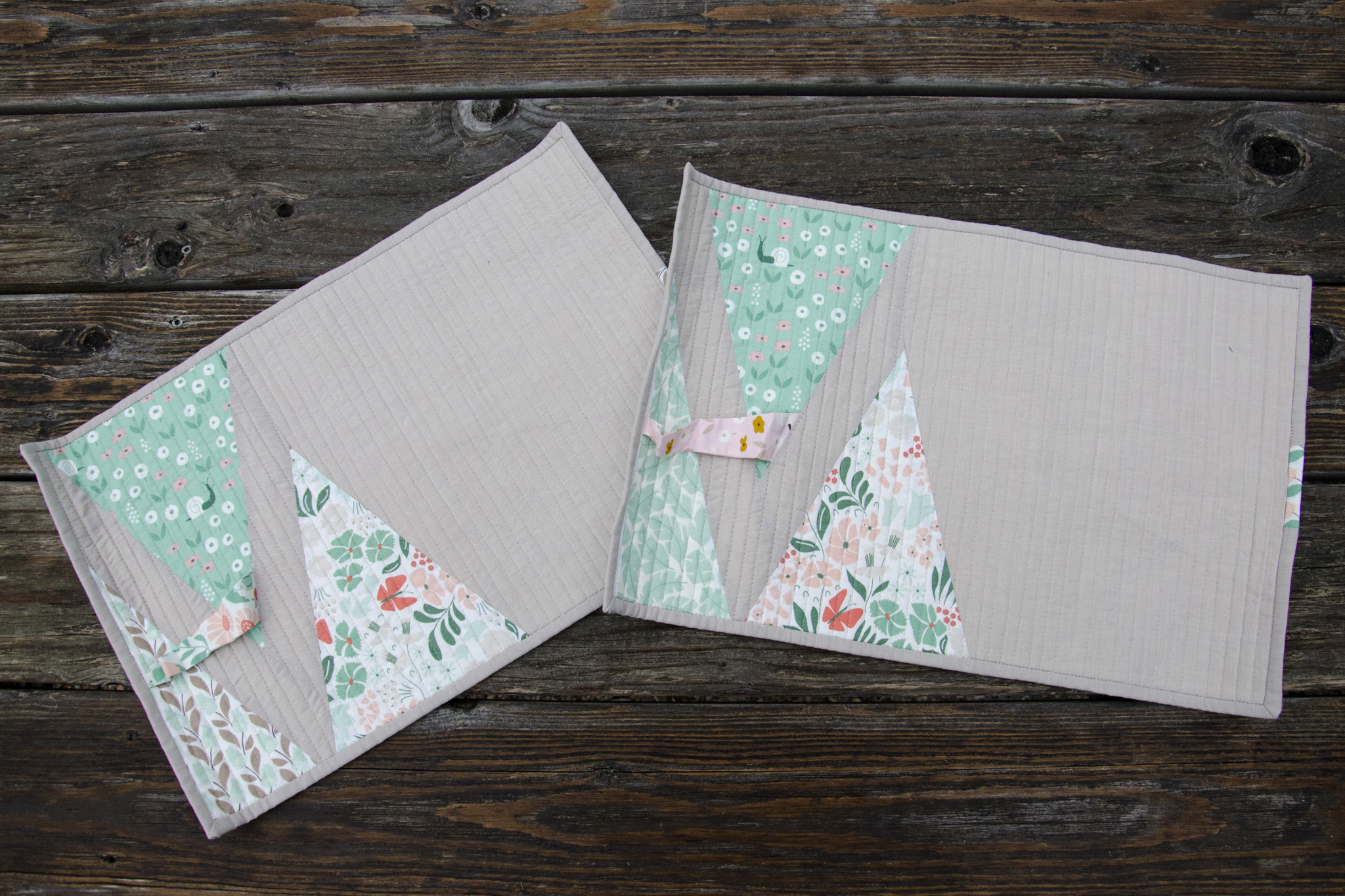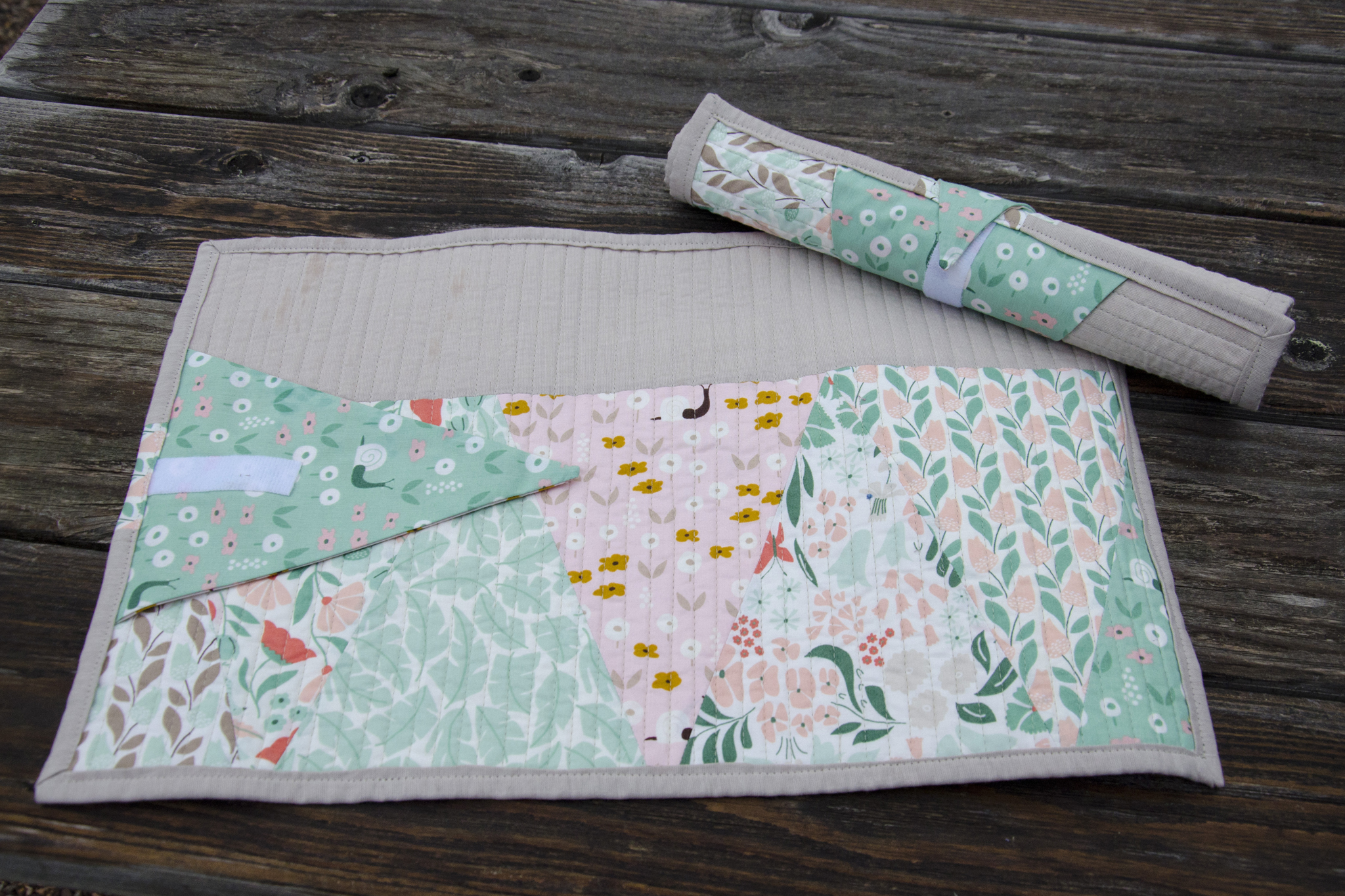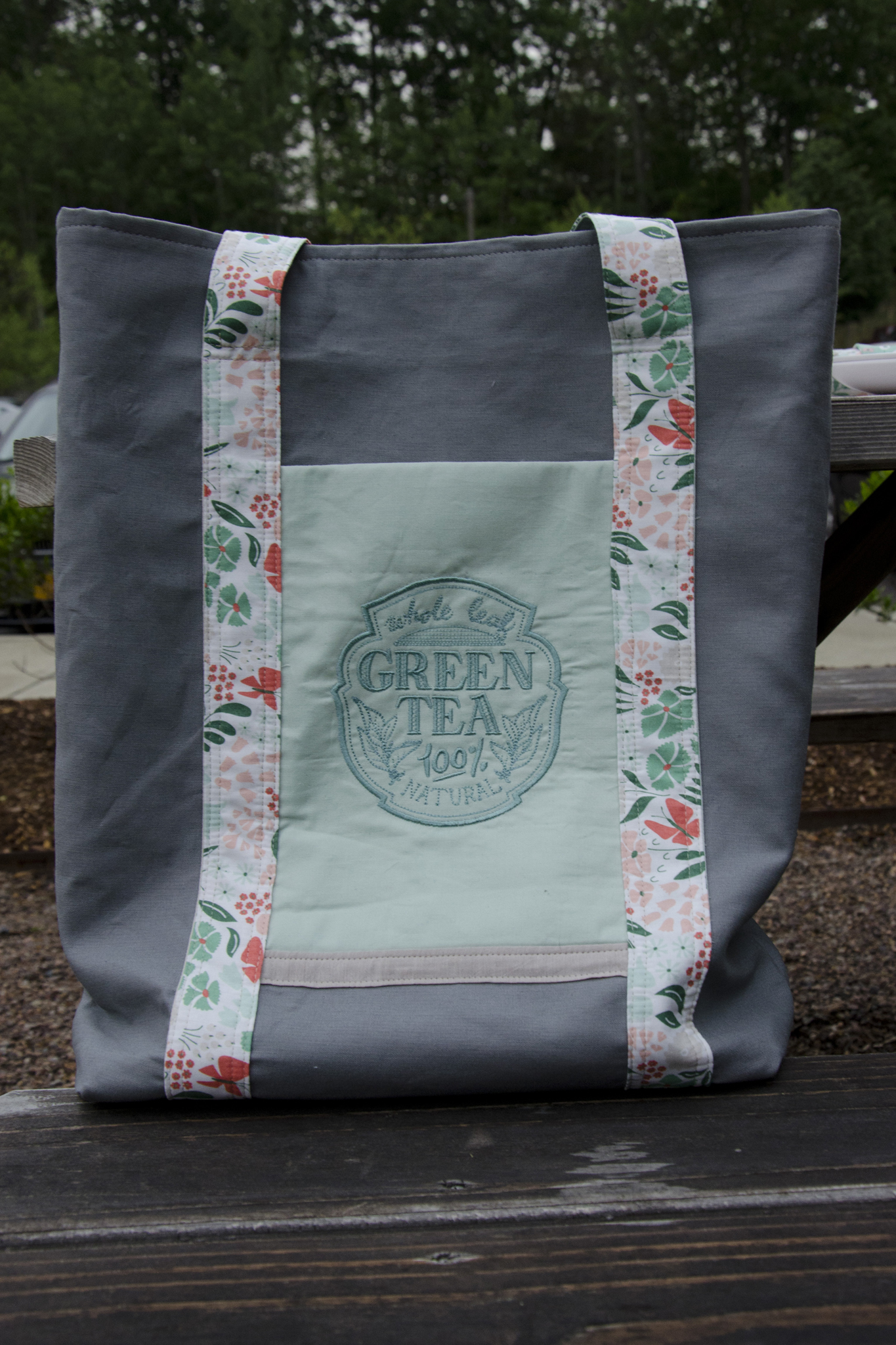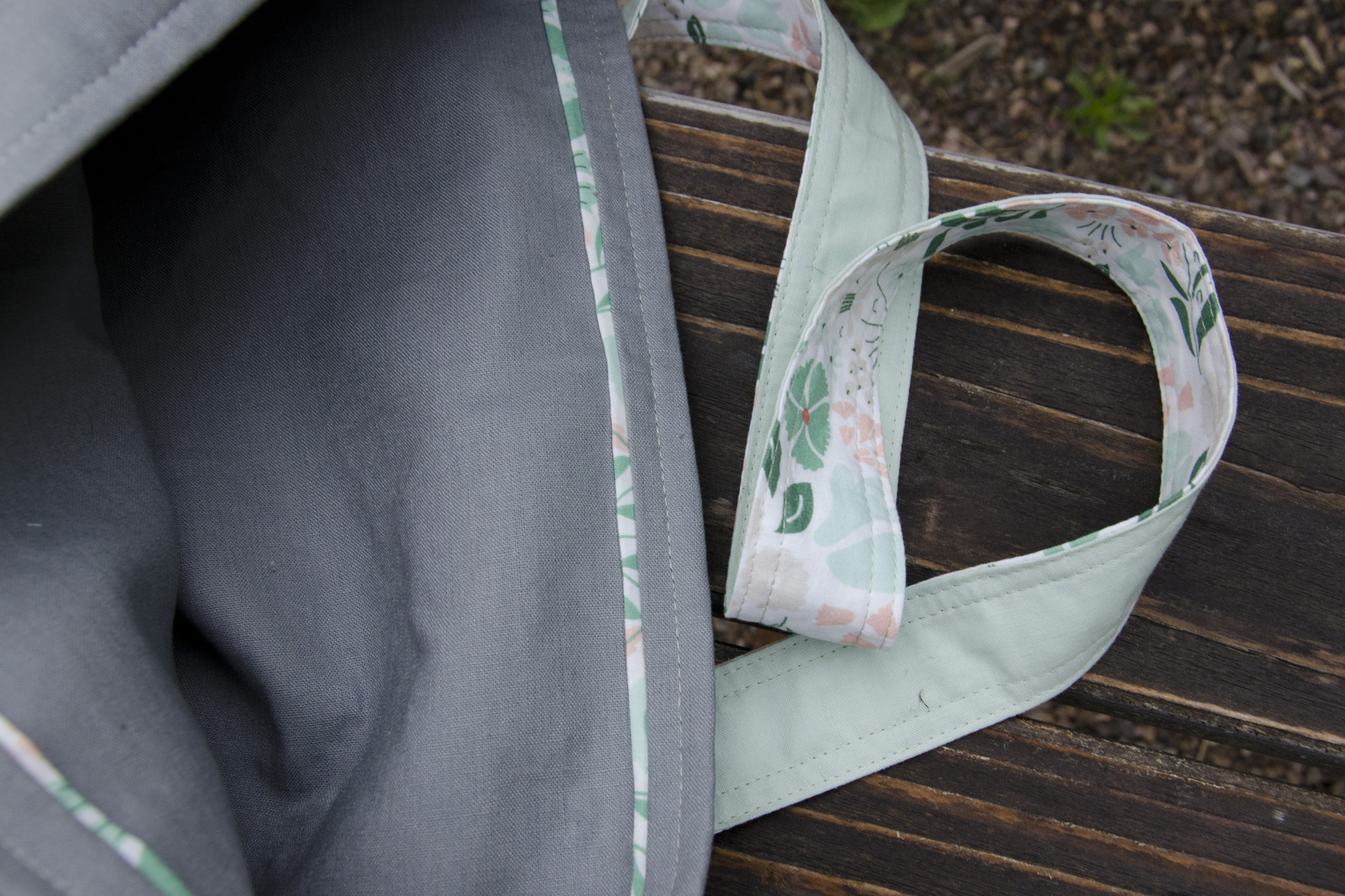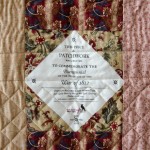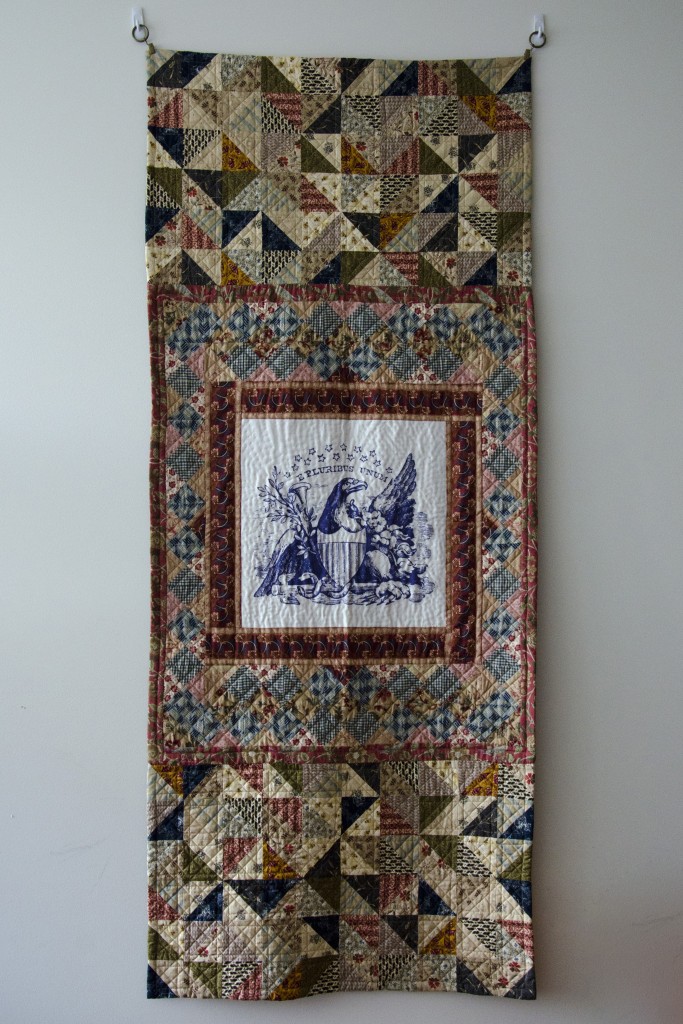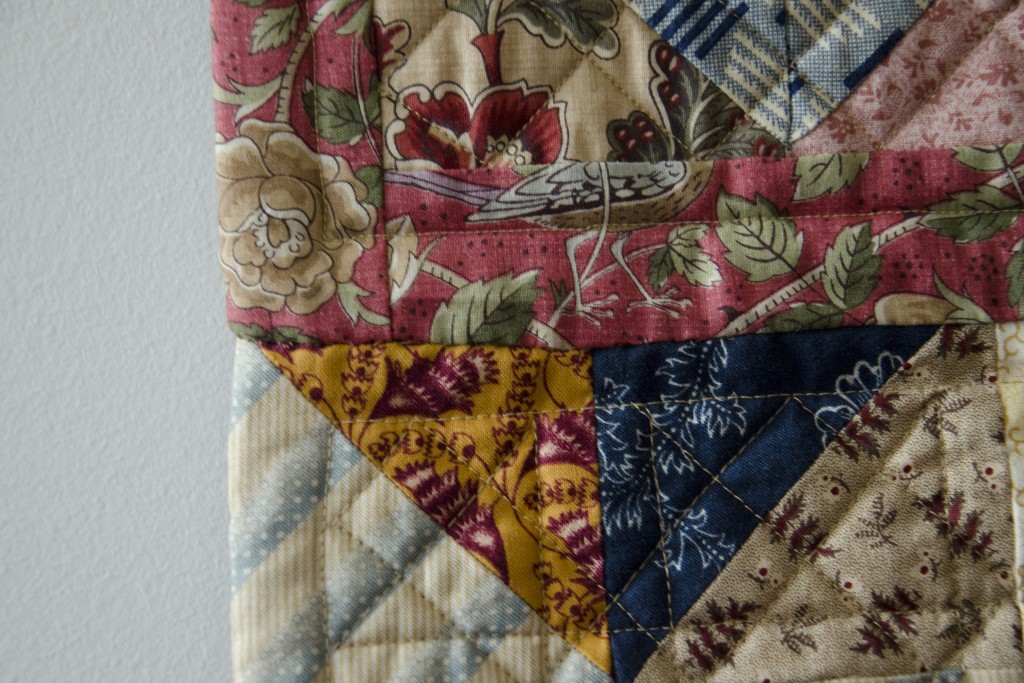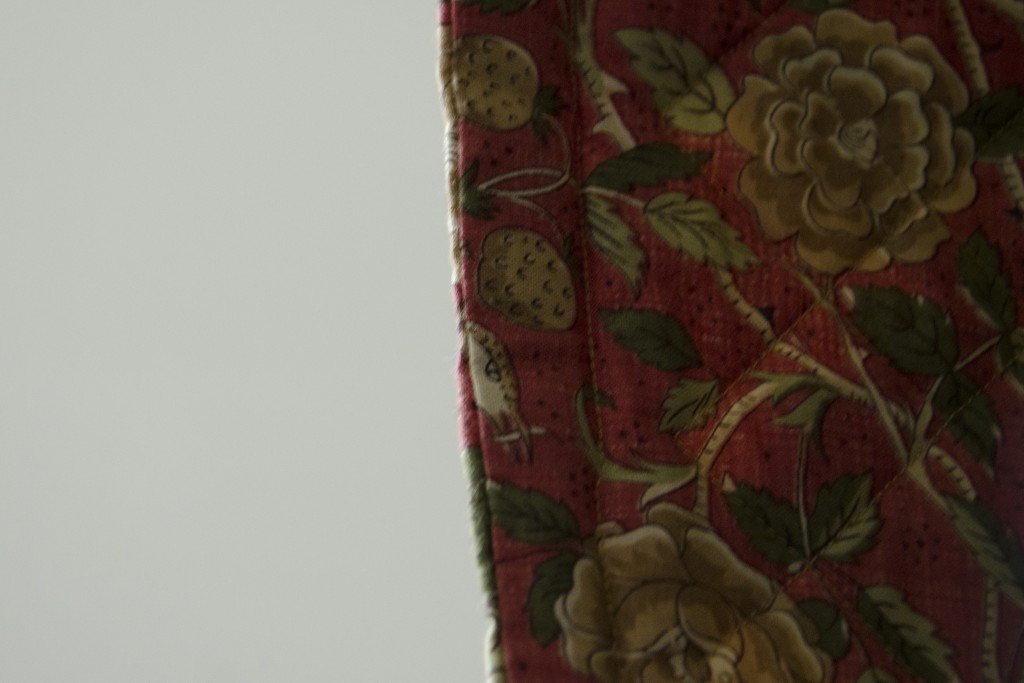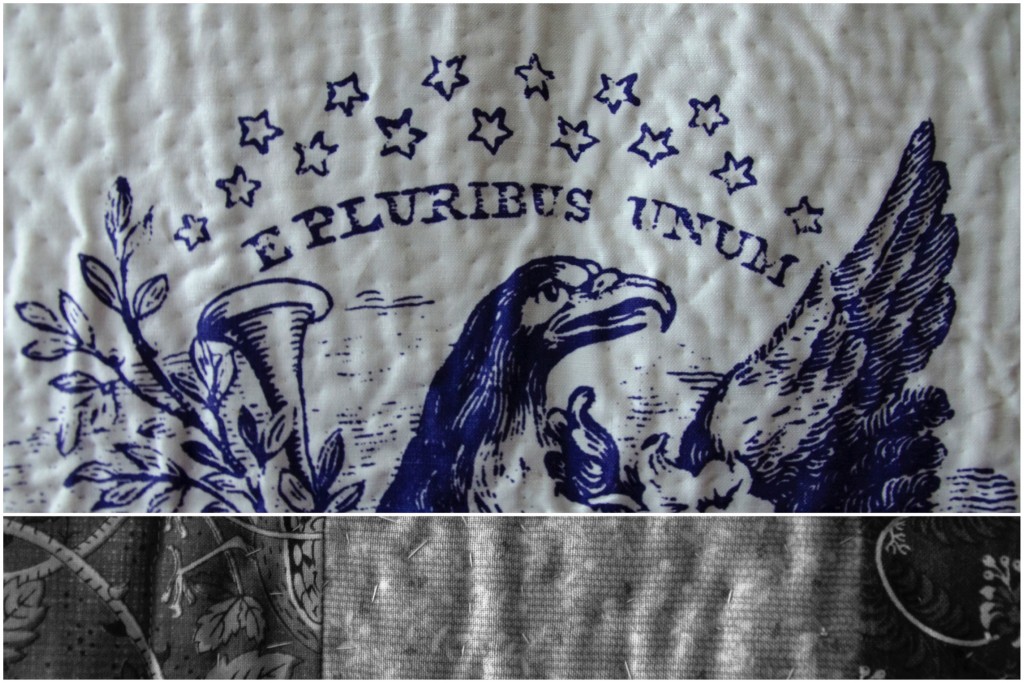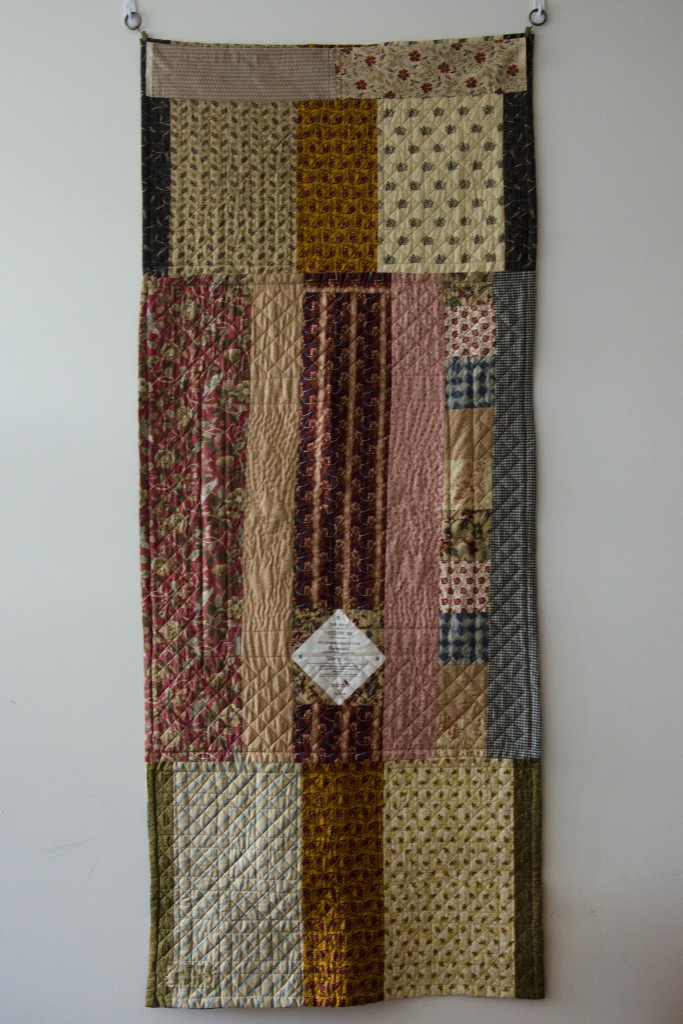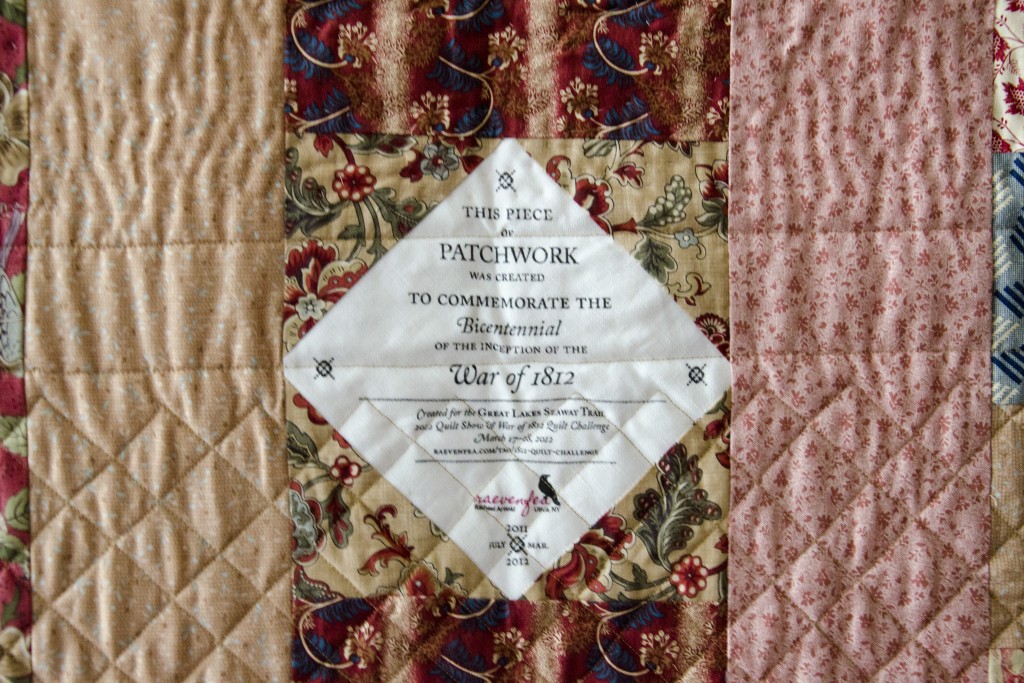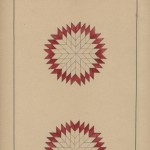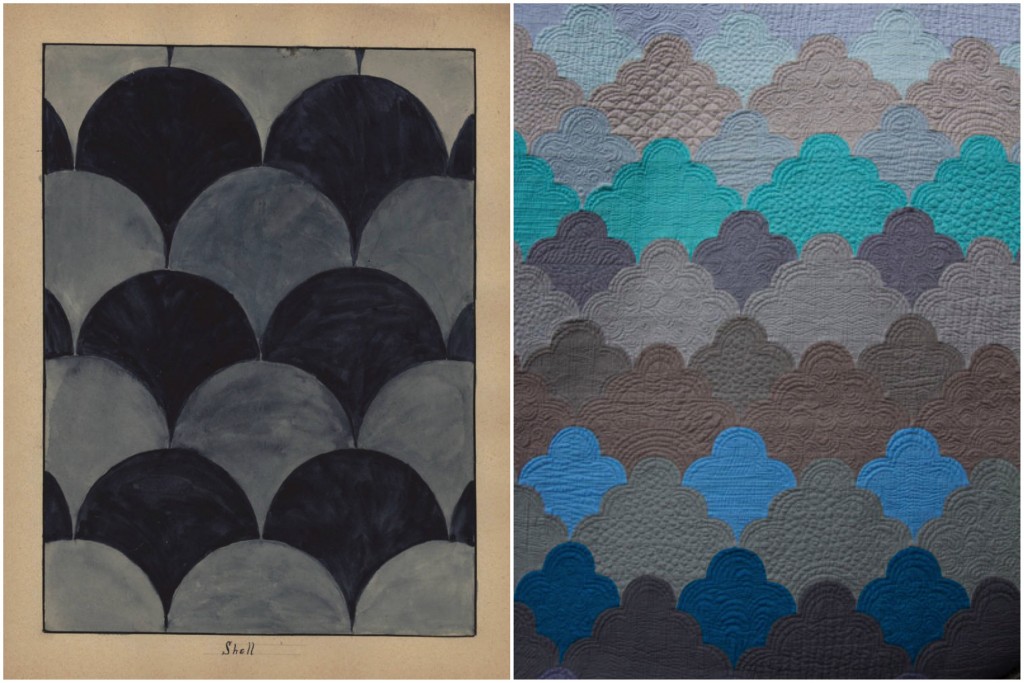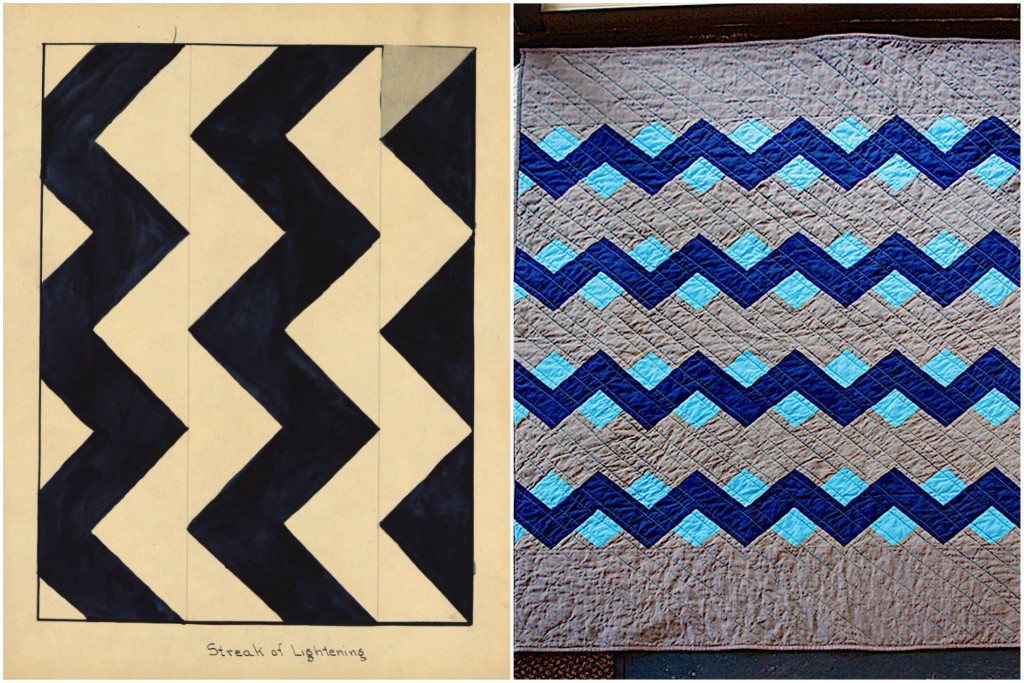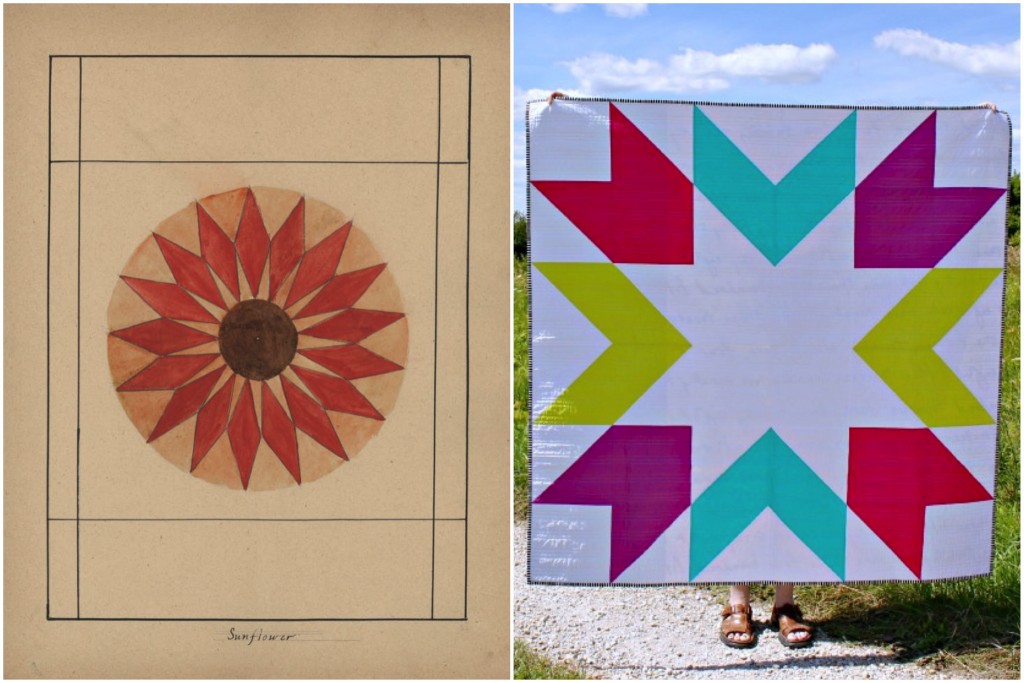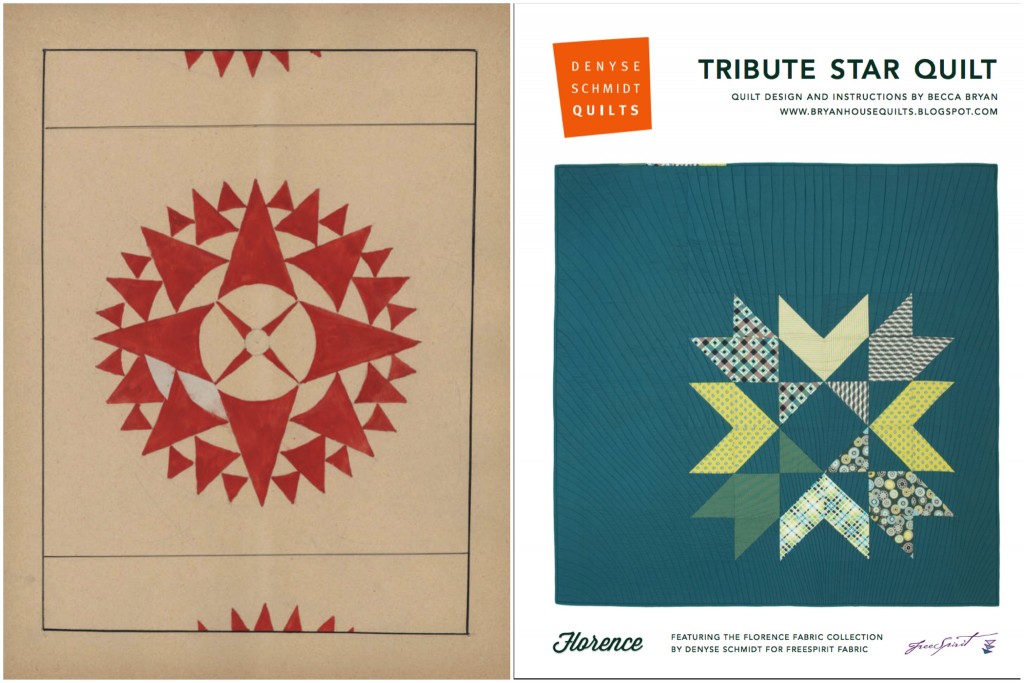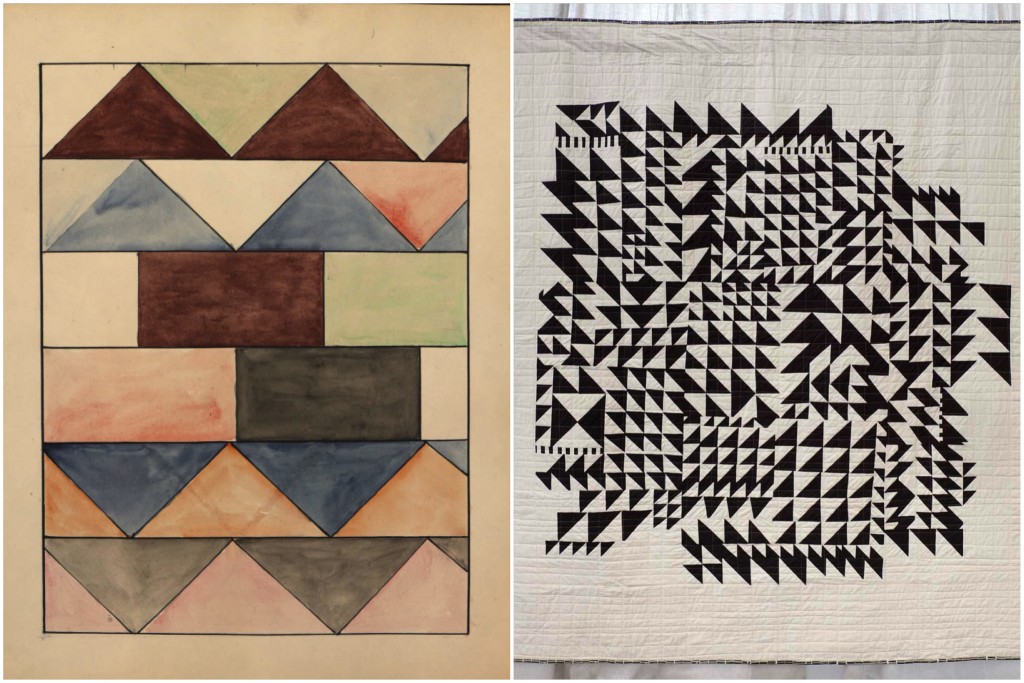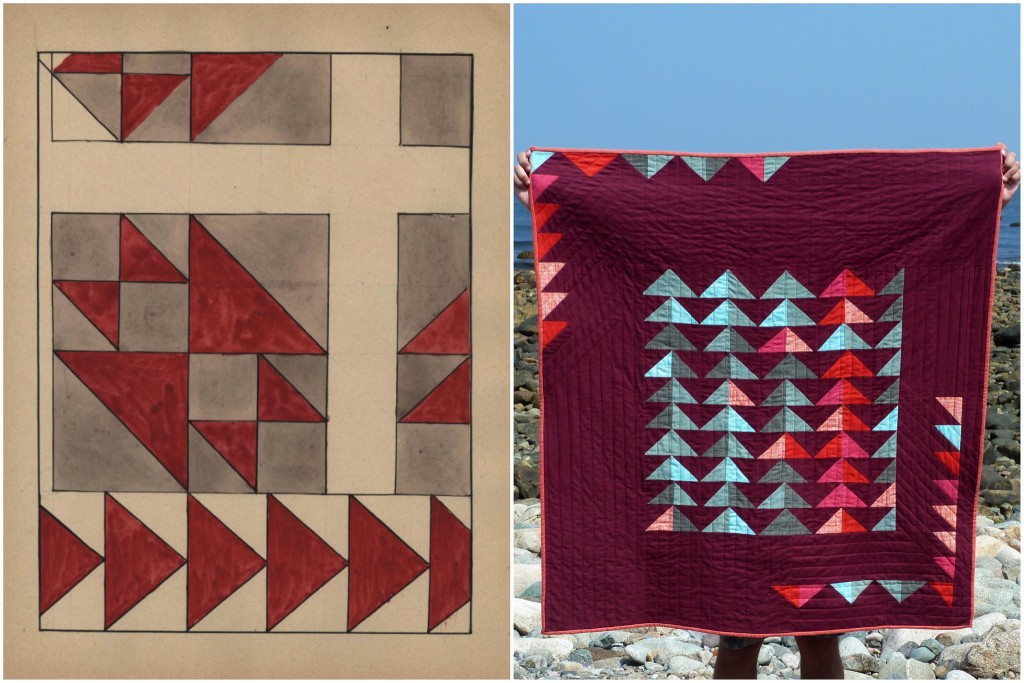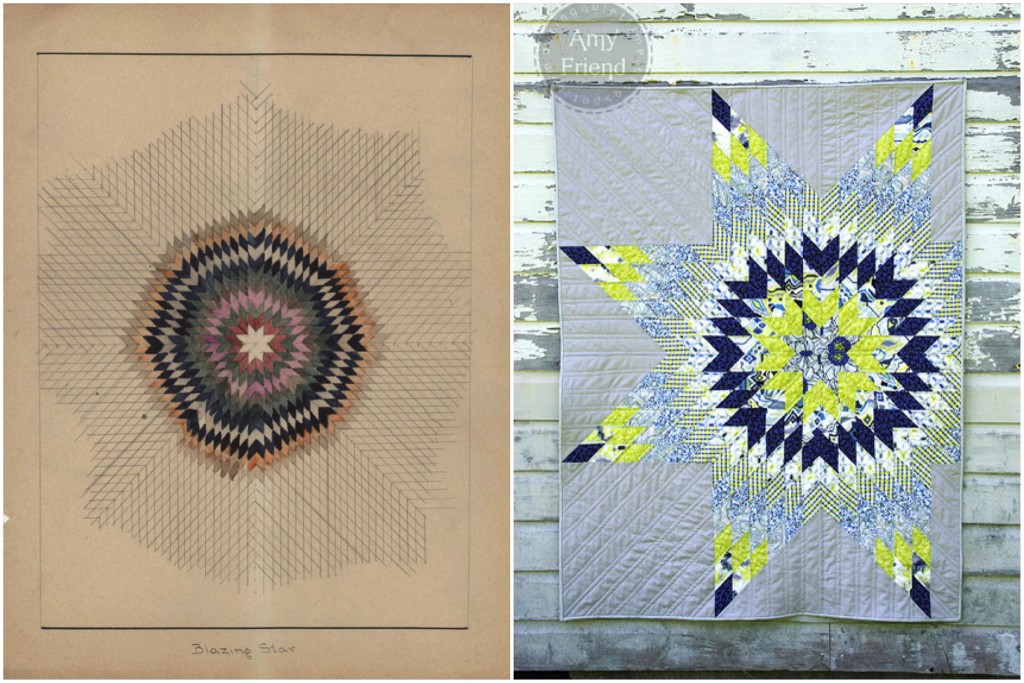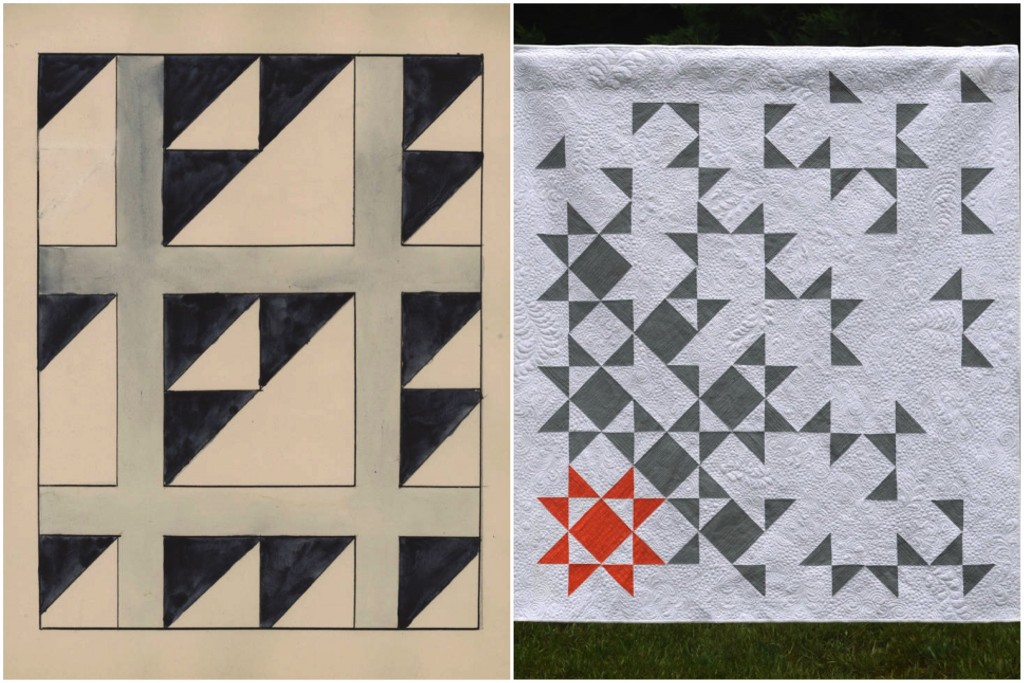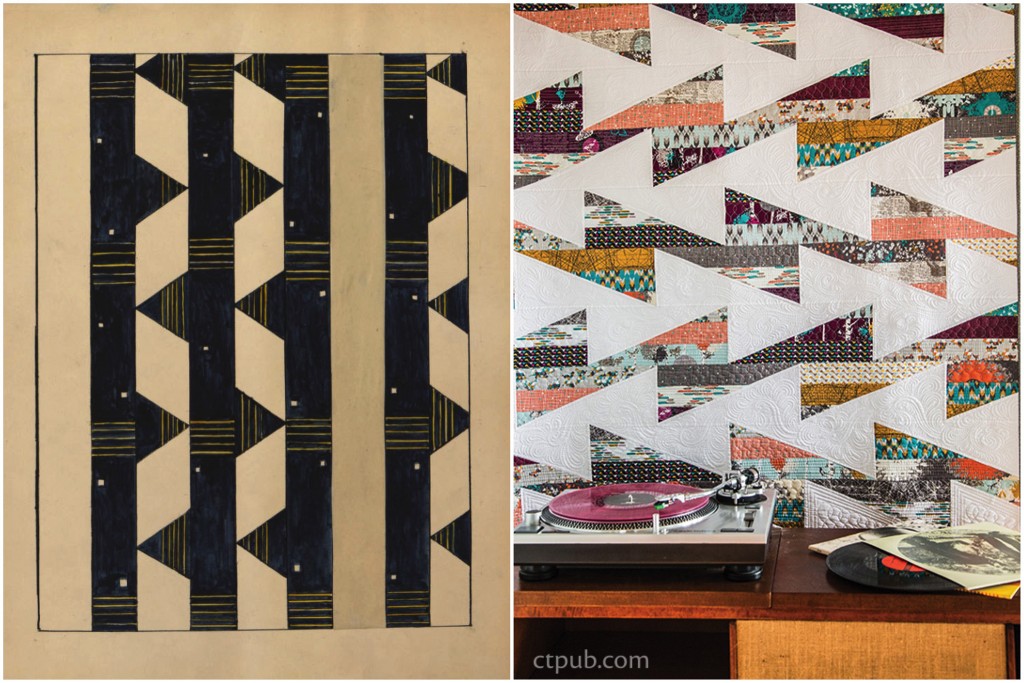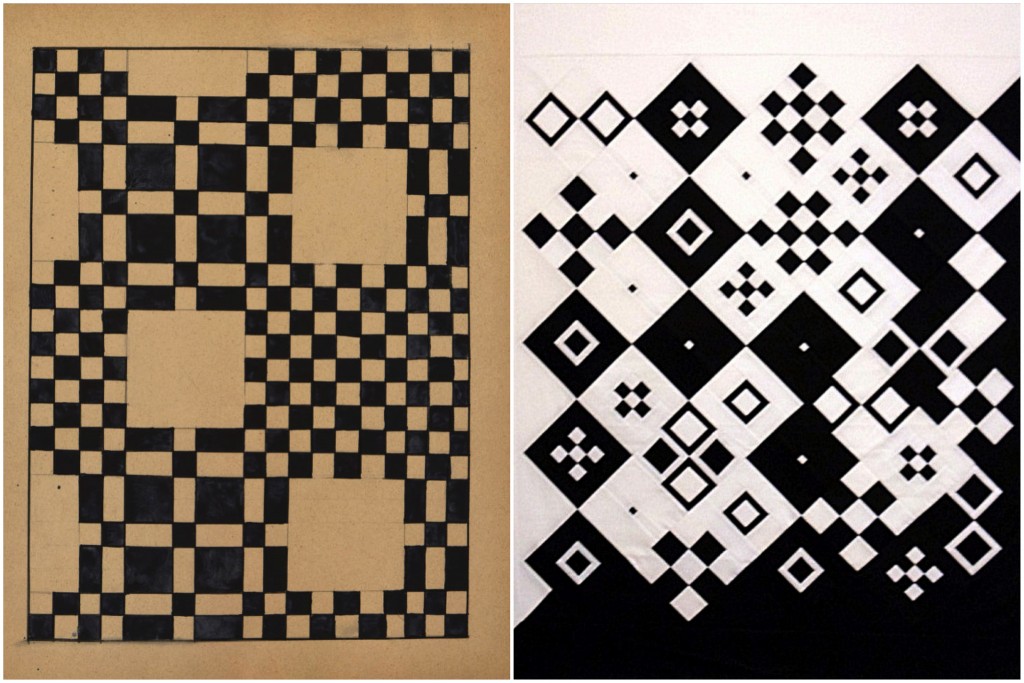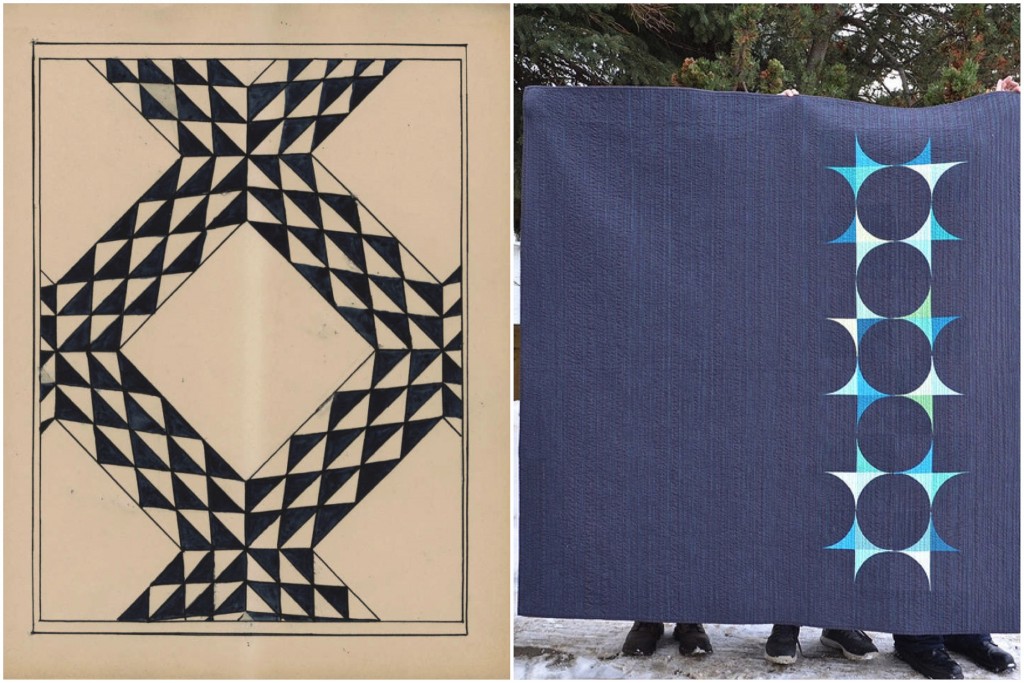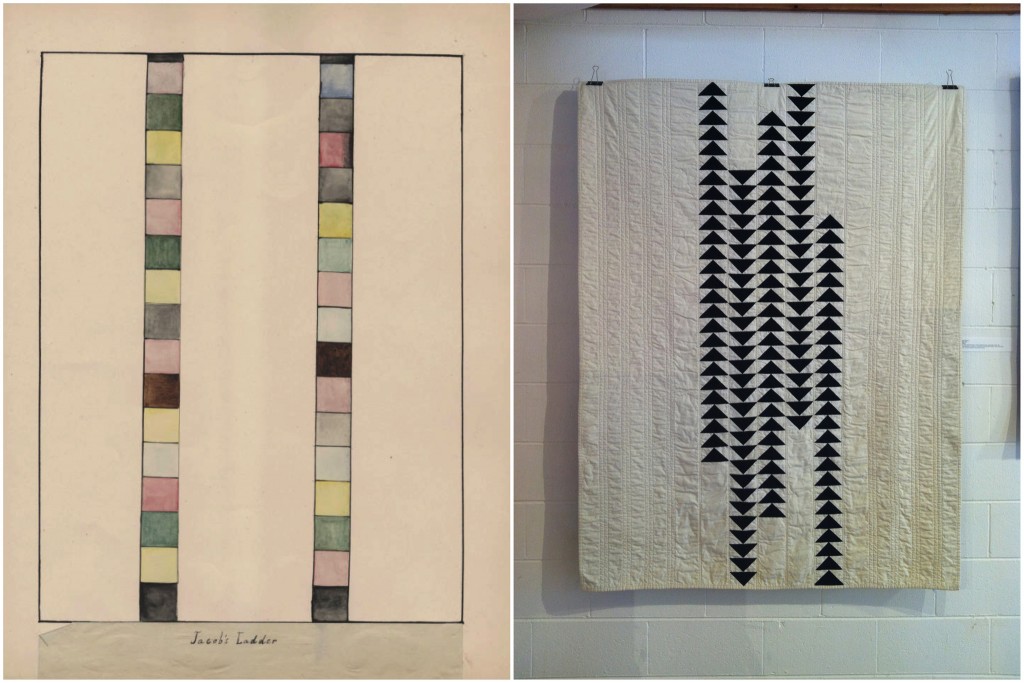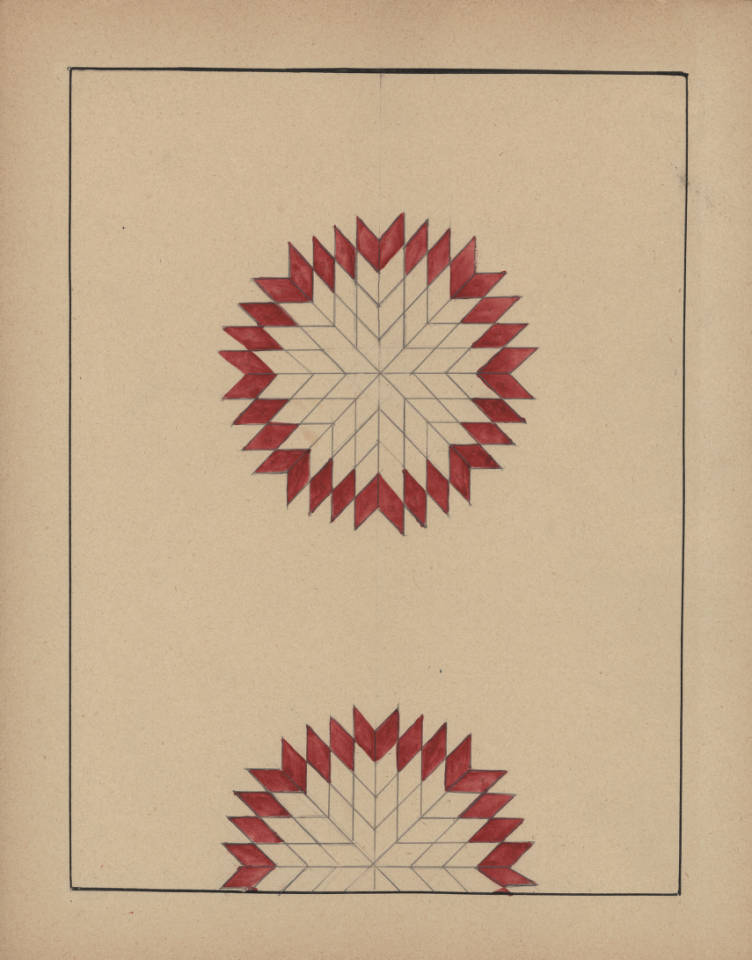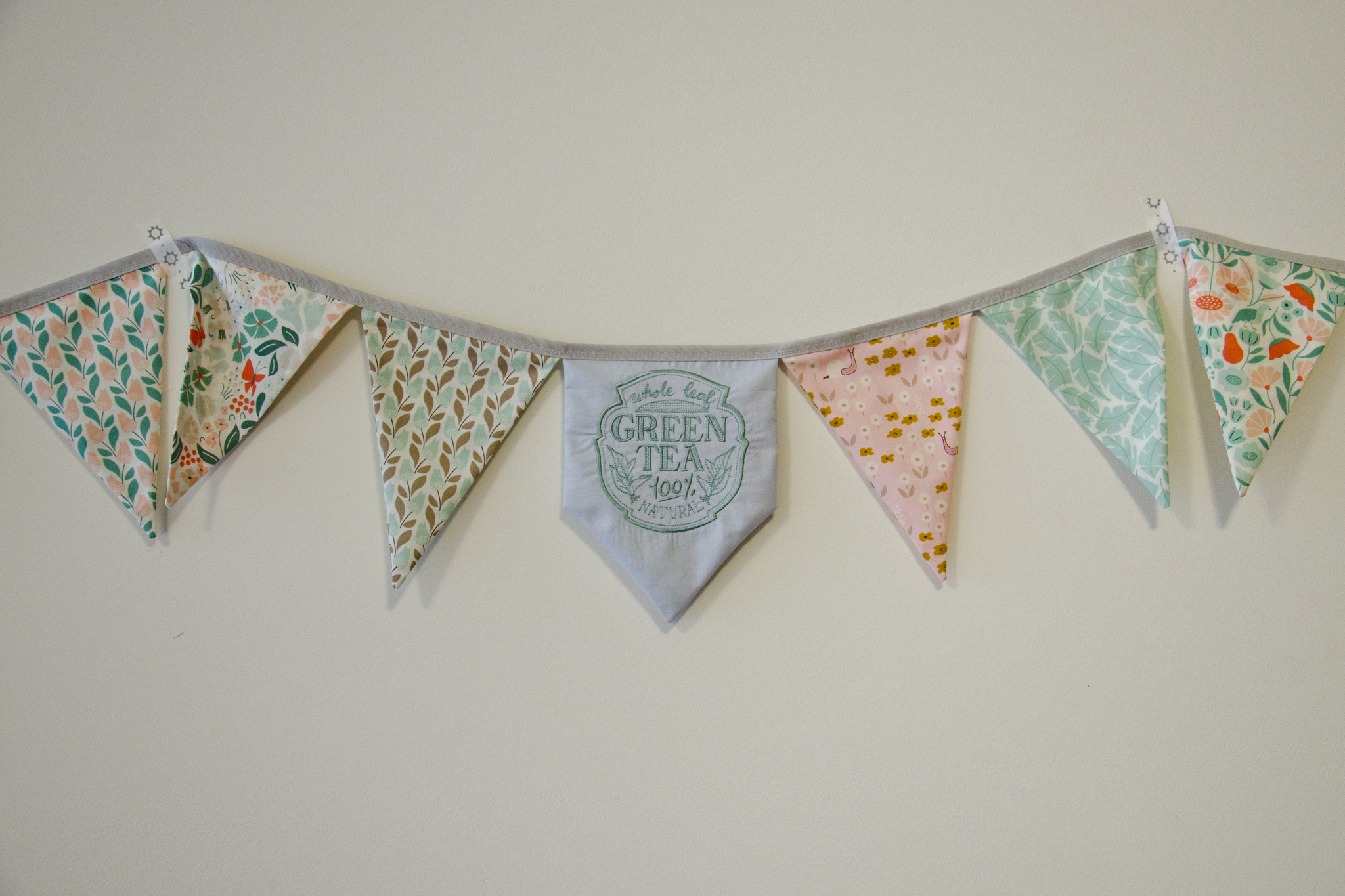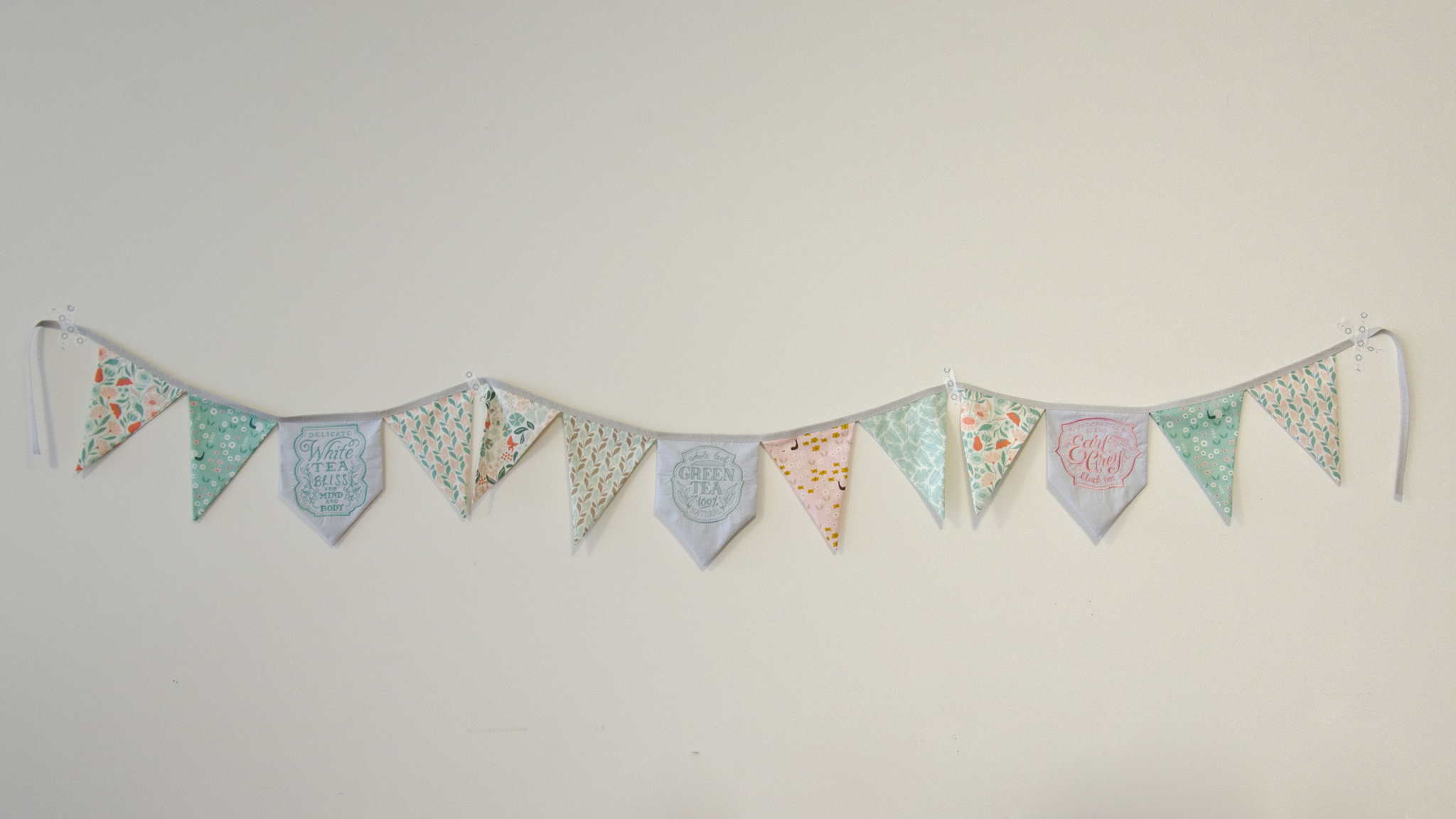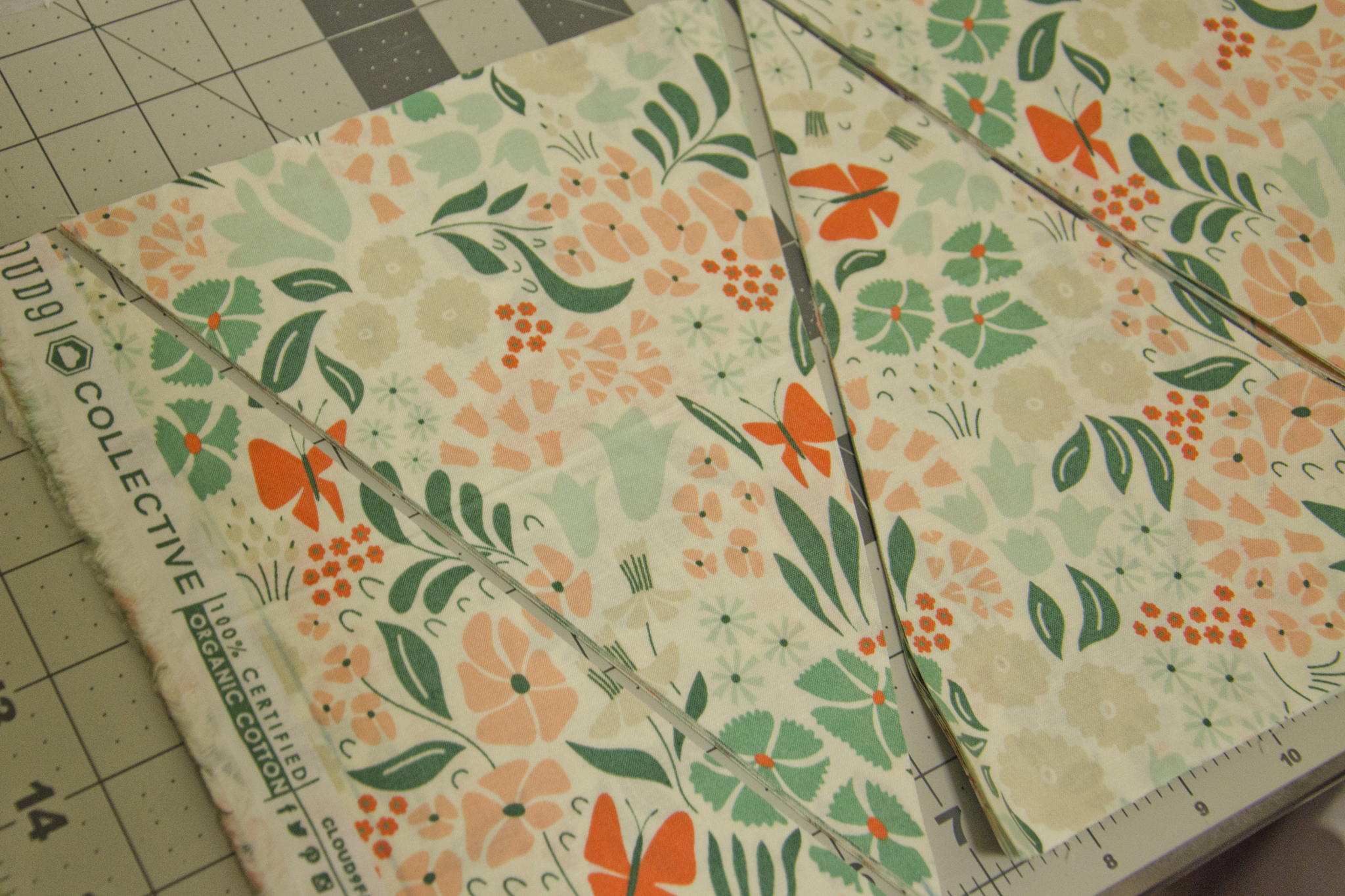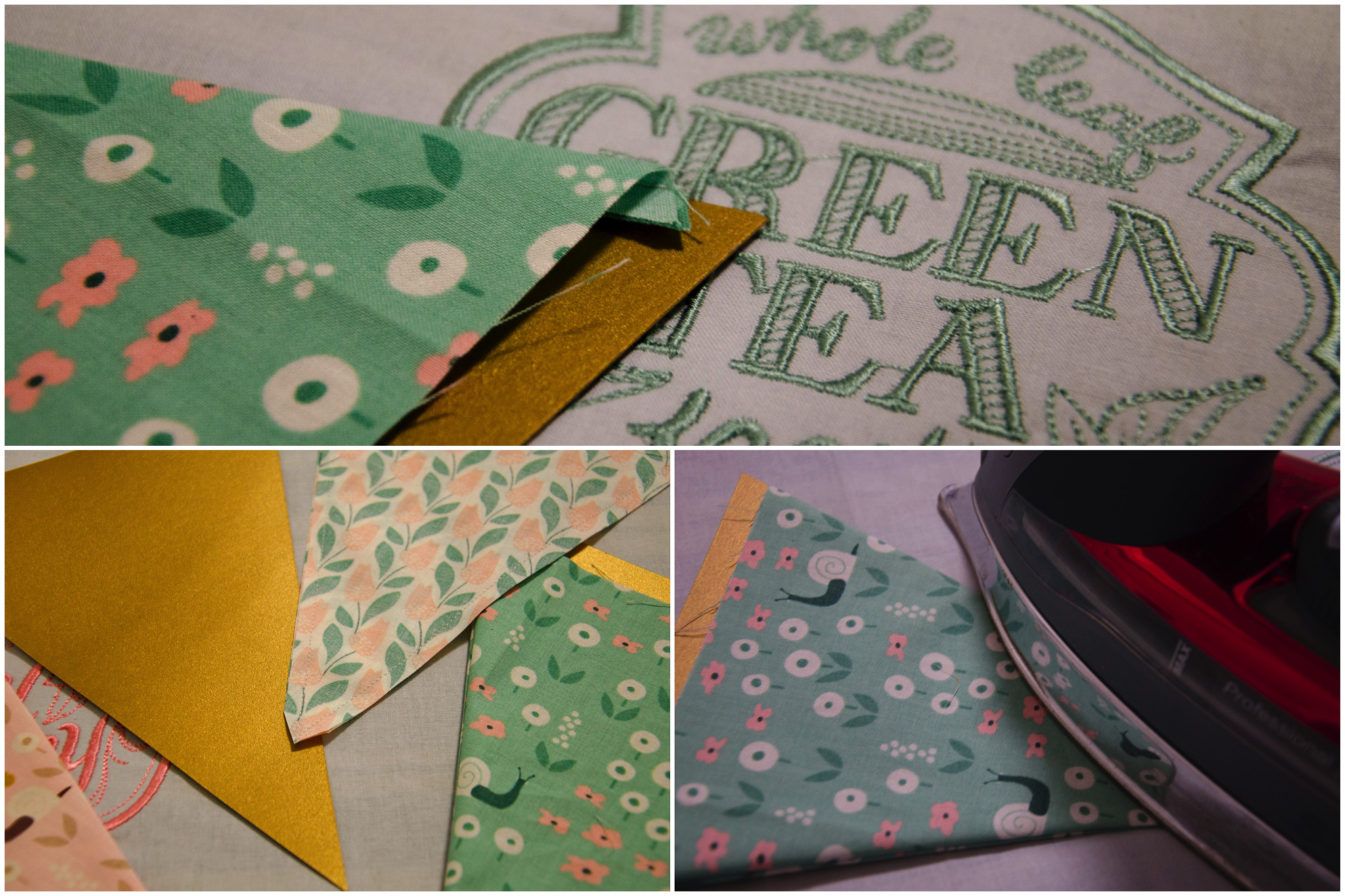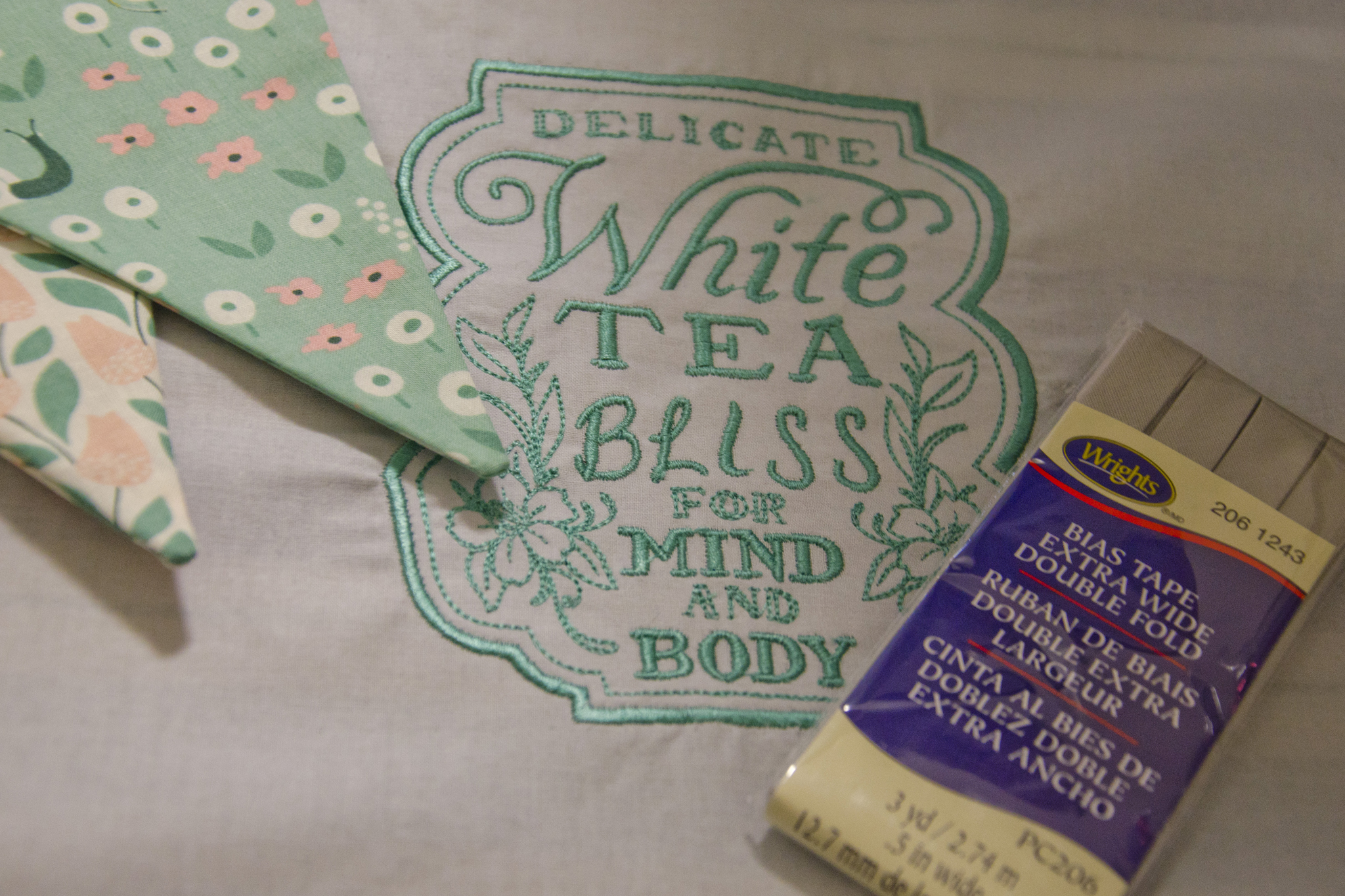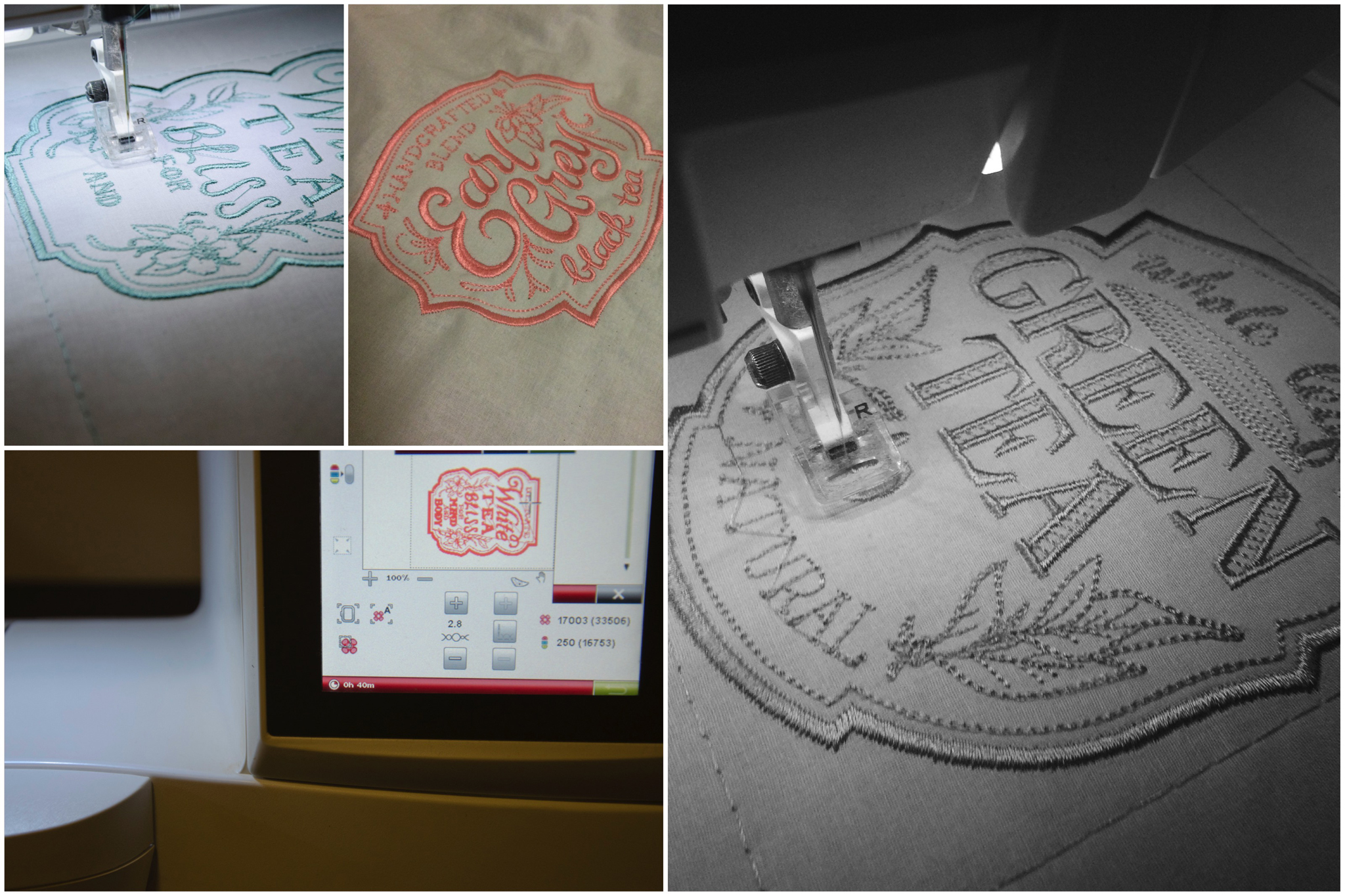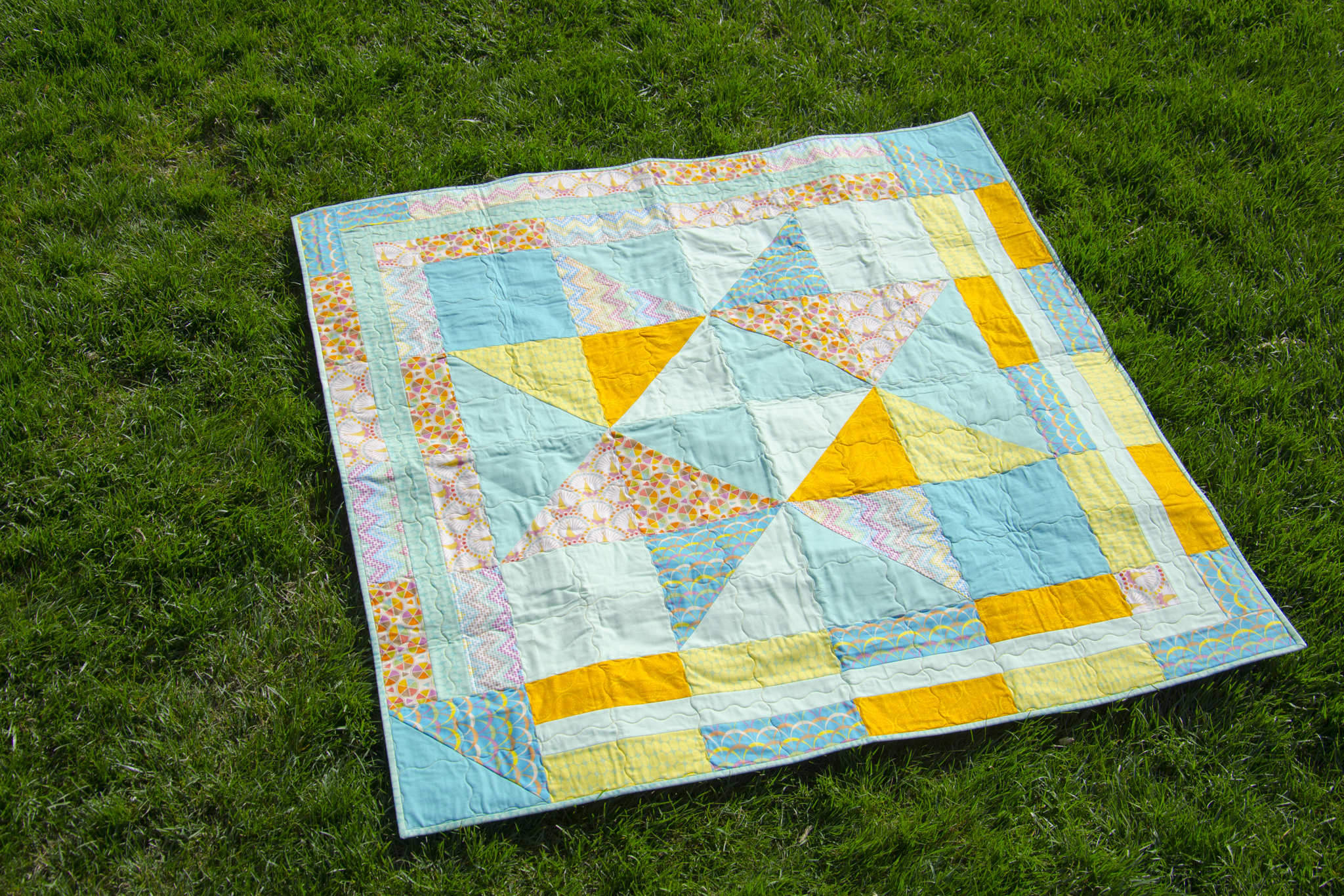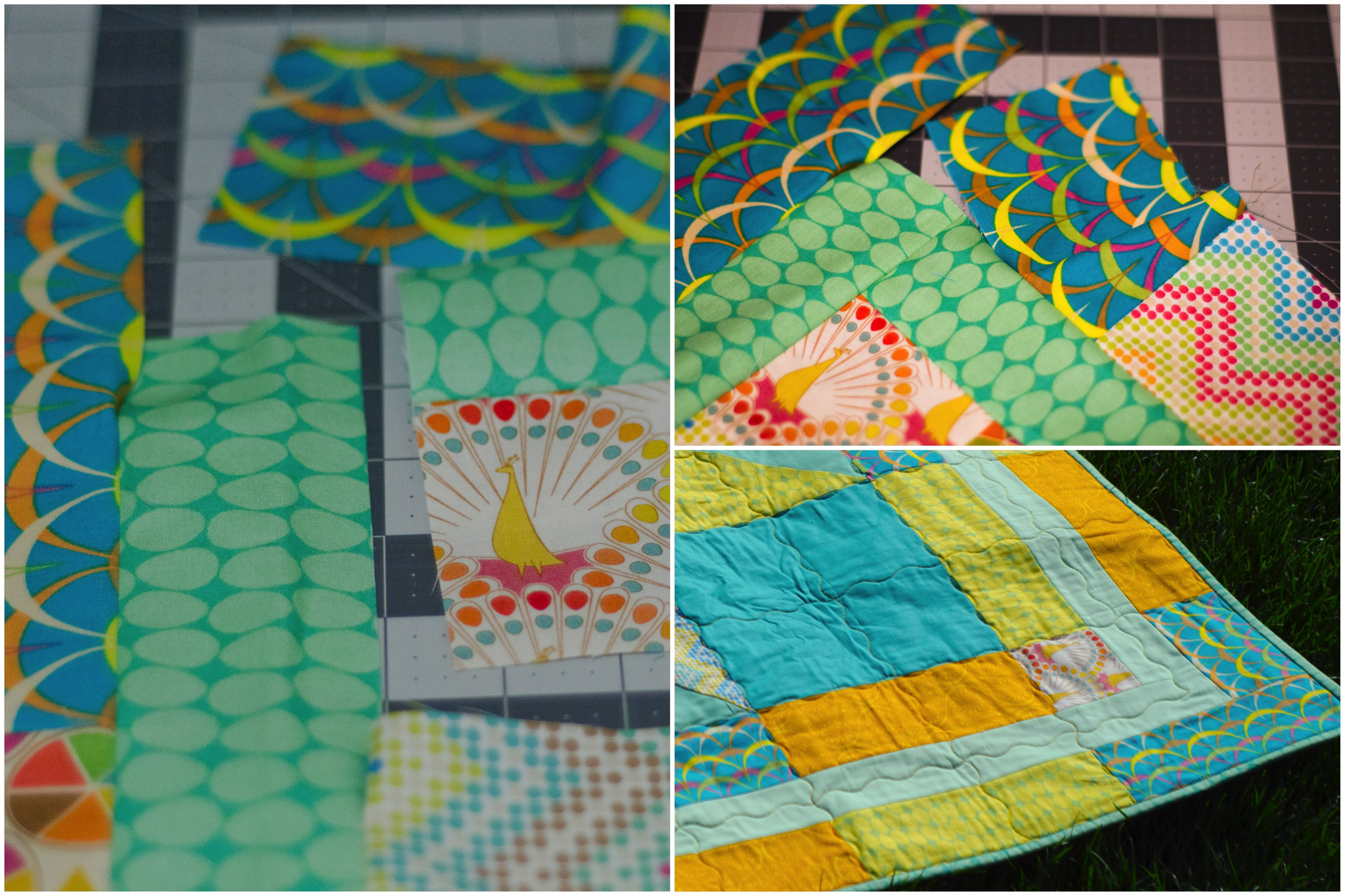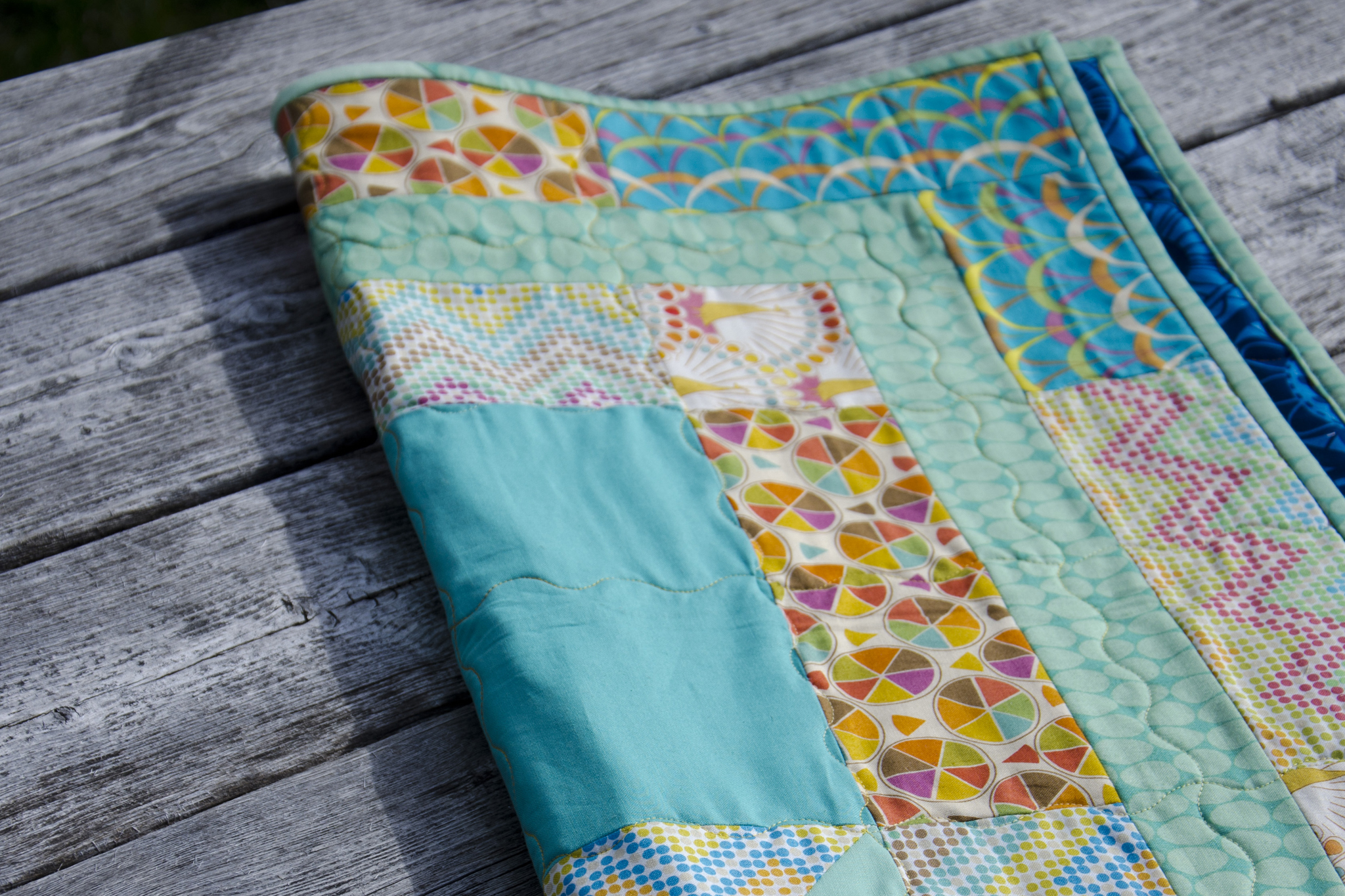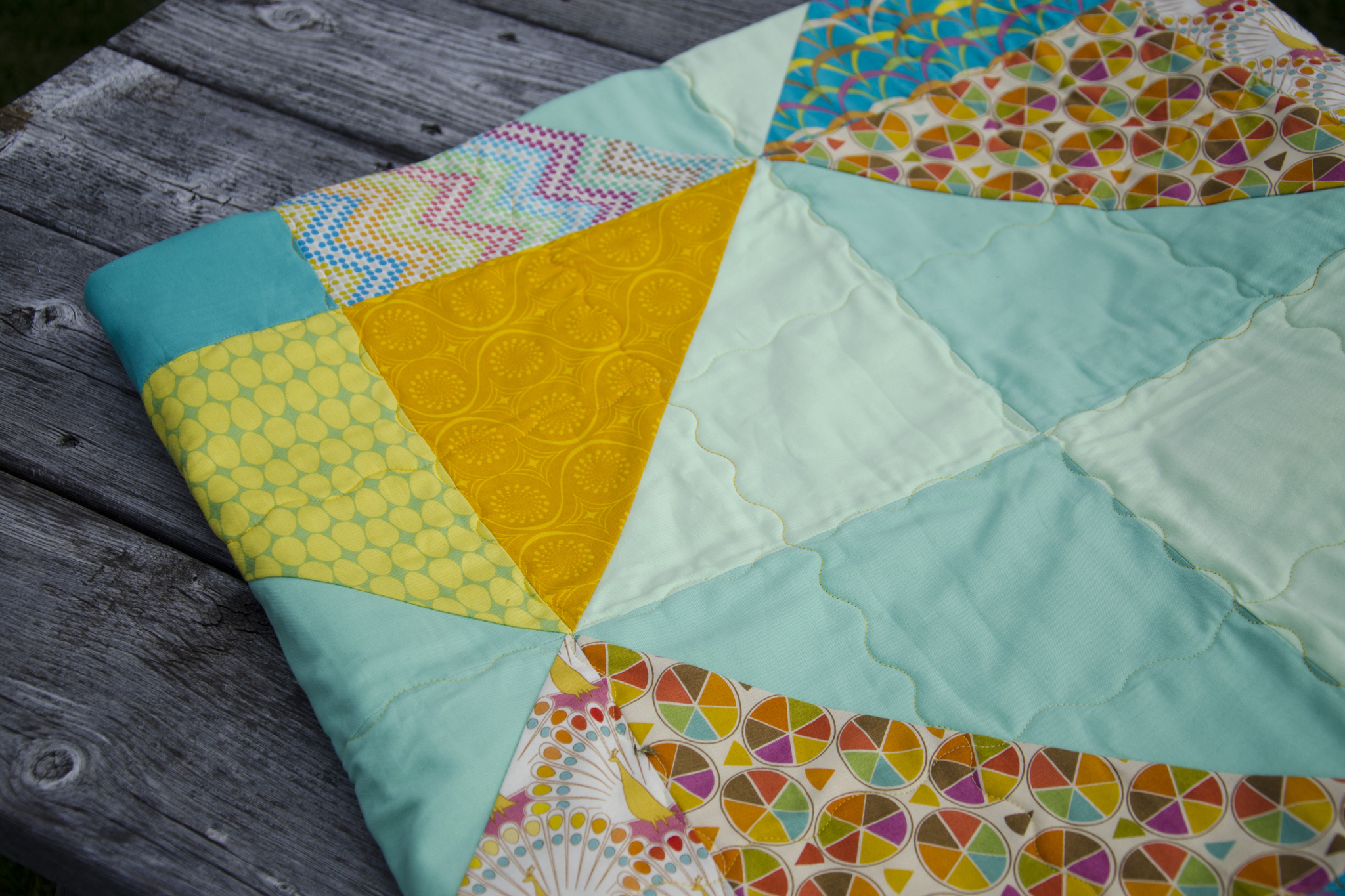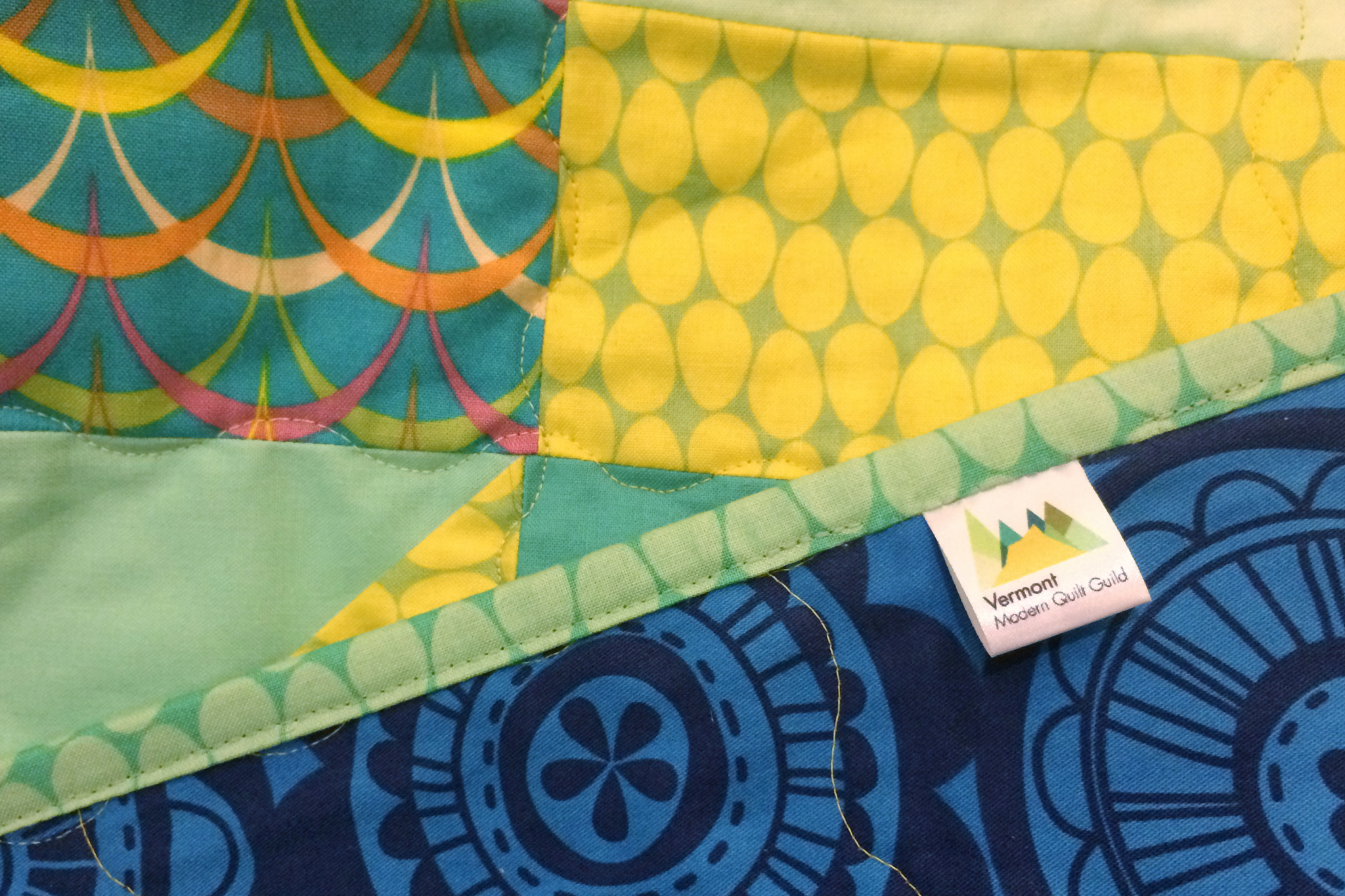My History Of Quilting
At my guild’s quilt retreat last month, a project I’ve been working on for six years (sort of) finally started really coming together. I’ve tried to save 2.5″ squares of the fabric I use in my quilts to make some sort of meta-quilt patchwork. Last year, I finally decided on how to piece the patchwork squares together and made the first eight, and I’ve kept up with my quilt finishes ever since, so I had the latest 12. The 24 in between were another story.
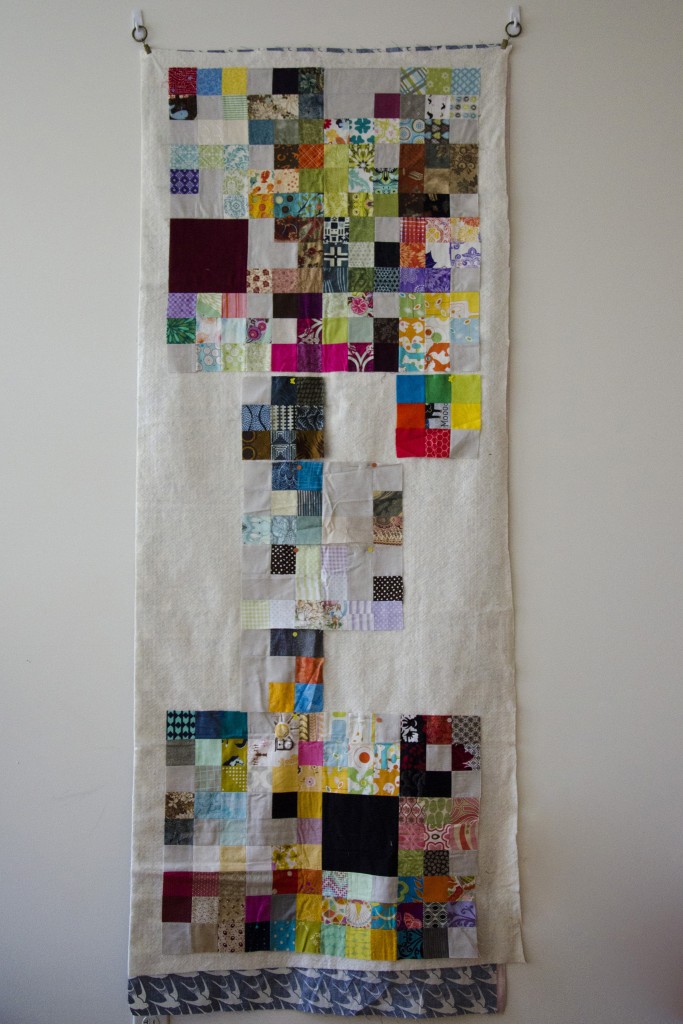
I dragged my entire tub of scrap fabric to the retreat with one goal: to sort it out and find the scraps for those other blocks (oh, and sort all the scraps by color [done], and maybe make scrap bins [haha, no]). I spent most of a day on the project before deciding I needed a break, and made a lot of progress. There are only nine blocks left, and I have most of those scraps set aside ready for piecing. The solid blocks signify a few unique non-cotton-patchwork quilts—t-shirt quilts and a chenille whole-cloth one. A few 2.5” squares had to be pieced together from even smaller pieces.
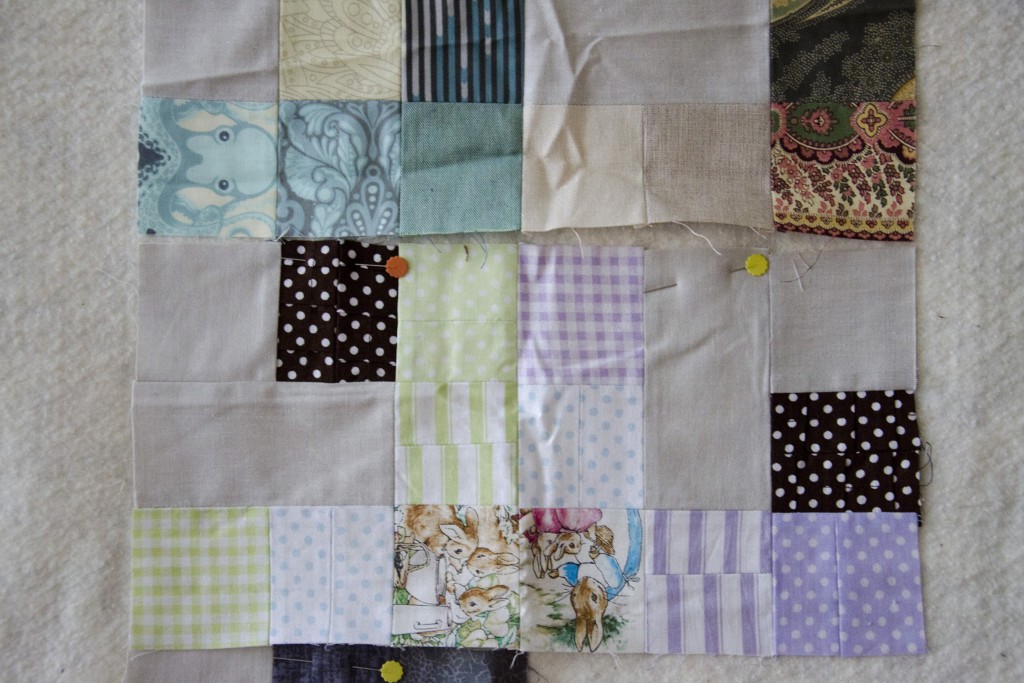
I thought I’d share the progress now. After piecing the different blocks together, I decided to put the rows together in a quilt-as-you-go method, so I basted my batting and backing together and started sewing the rows available when I could. The rest of the blocks are just pinned on for show and tell.
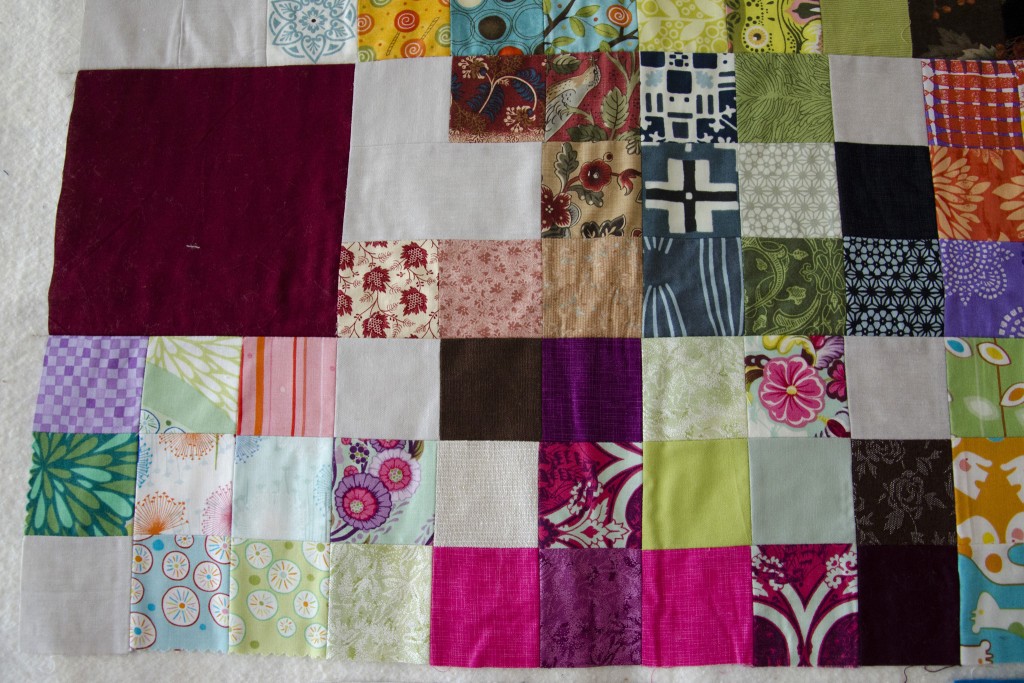
I’m not sure how I’m going to quilt this. Some days, I think I should quilt each square similar to how I quilted that quilt, since quilting can make such a difference in the final product. Other days, I think I’d like the fabric and project to stand on its own, and say stitching in the ditch is the right choice. Maybe I’ll add something via quilting or embroidery to mark the different years.
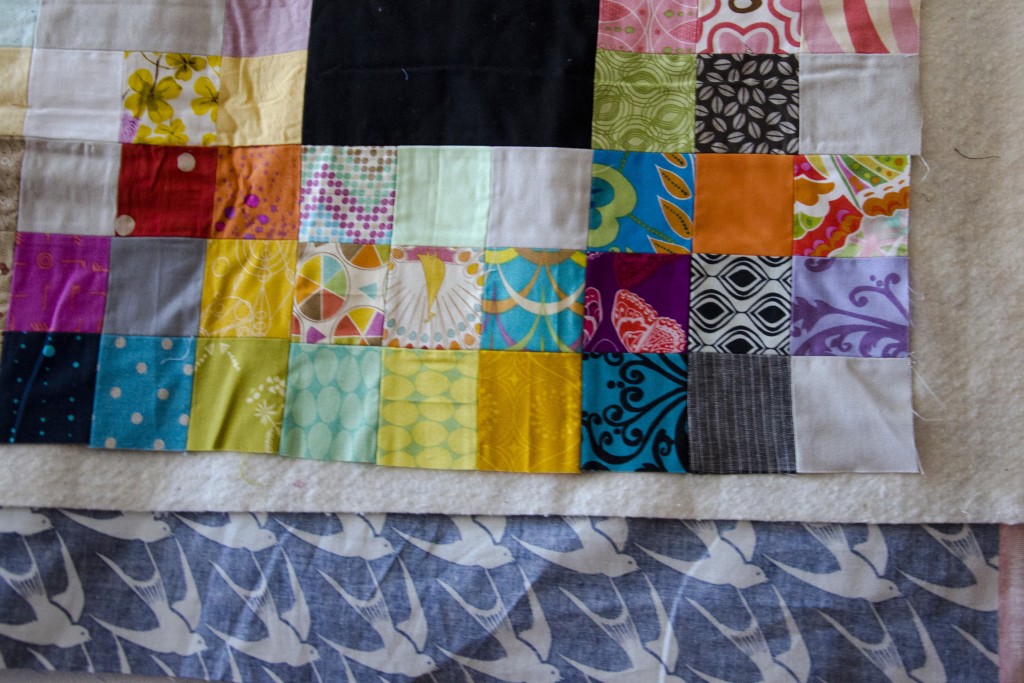
I think I can squeeze in one more row before quilting and binding (once I piece the rest of the rows together), then I’ll start a second panel. If I eventually finish that (another 48 quilts!), I’ll sew the two finished panels together side-by-side and start another. It’ll truly be a life-long project, but I love looking back and remembering each quilt.
